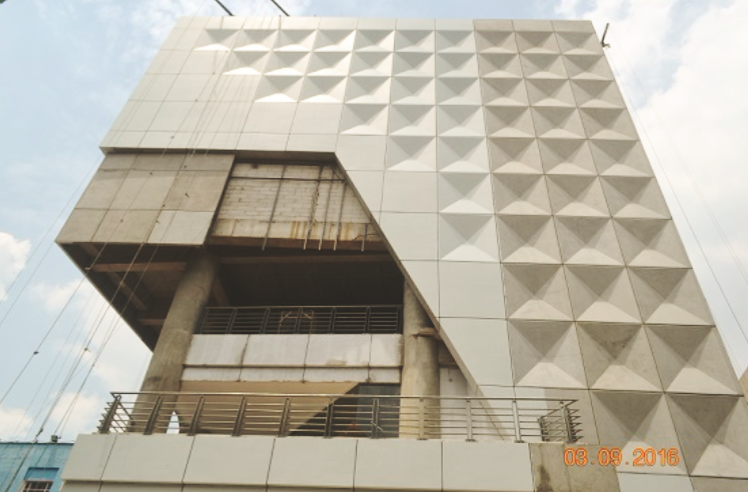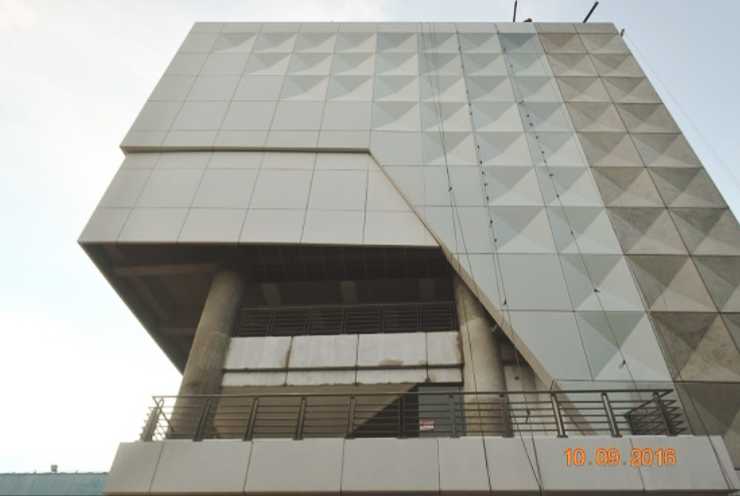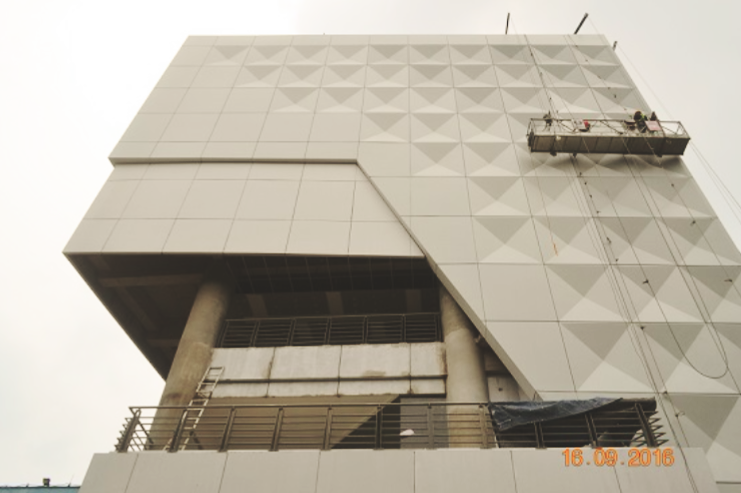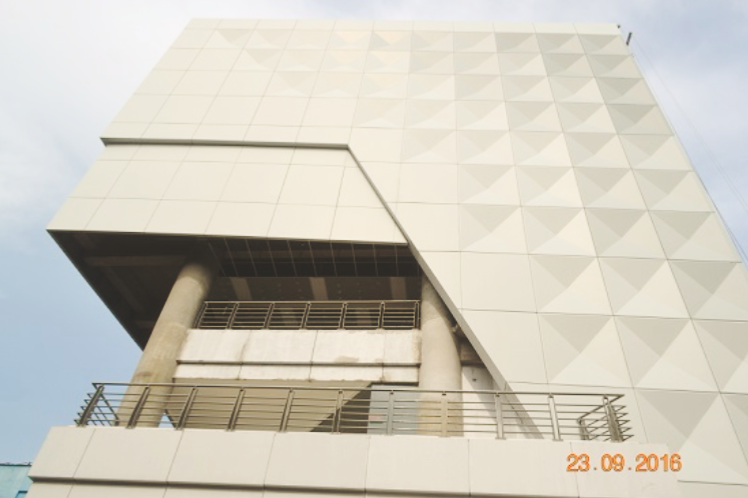
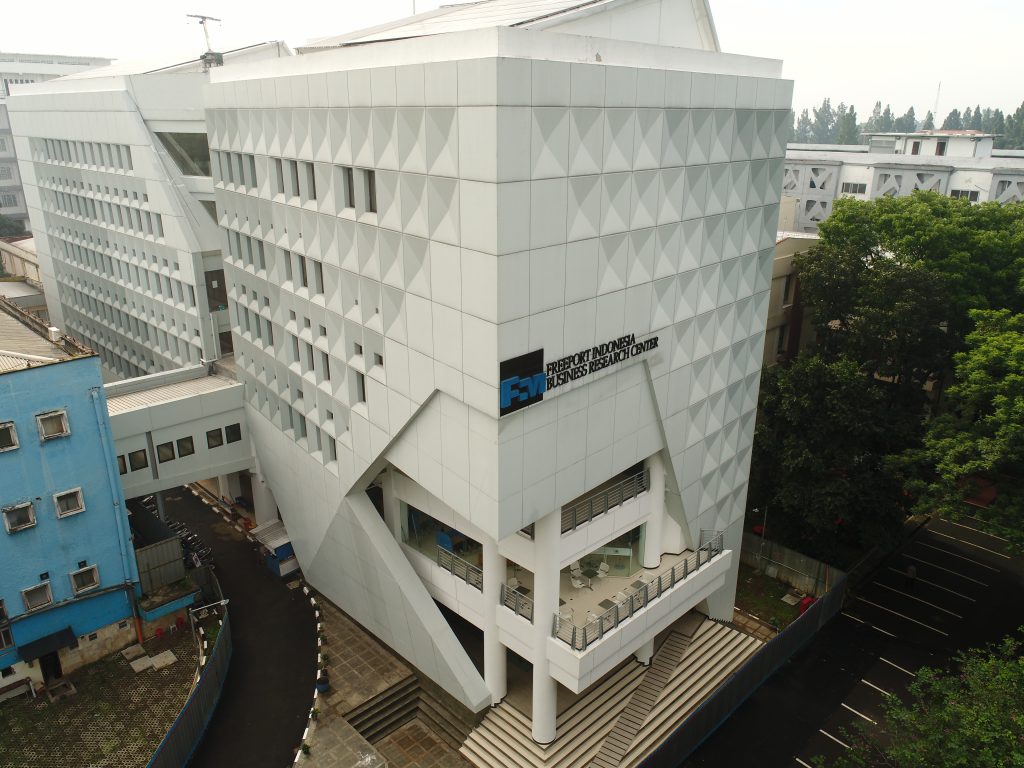
An architectural plan follows the decision to allocate the site. The ITB President decided to renew an old building adjacent to the SBM Building on a land of 909 m2. It was a two storey building used by some student organizations (the western part), and a canteen (the green structure). Those activities should be accommodated in the new building.
The demolition process took 4 months to process, 3 months to process the permit and the remaining one month for demolition. Replacing a government asset with another building requires a permit from the Ministry of Finance. The ready-to-build site, then, could be handed over to the Constructor.
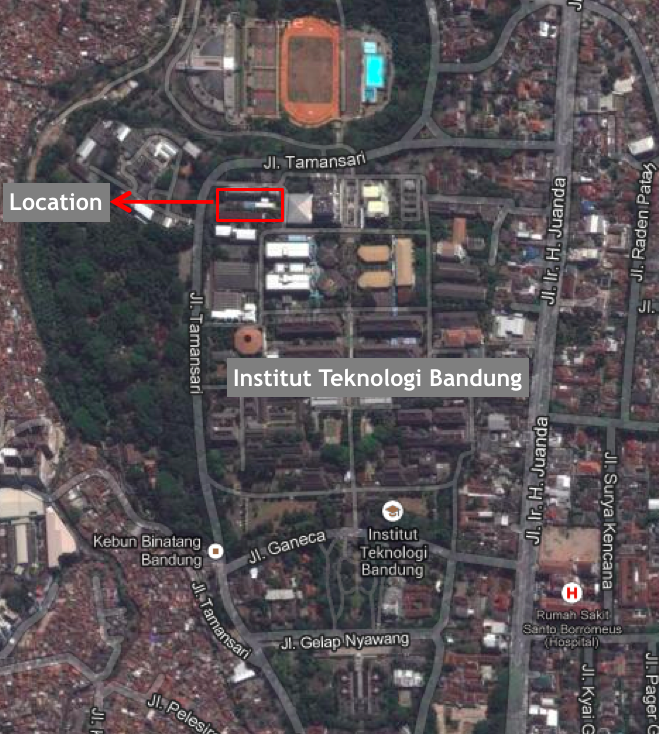
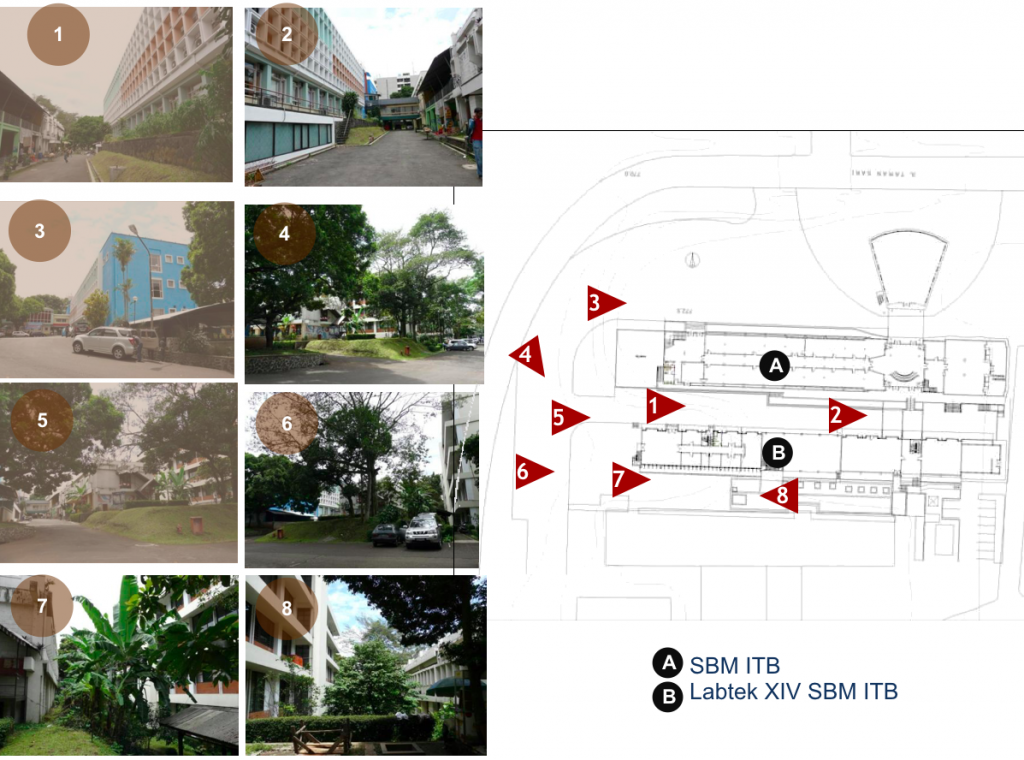
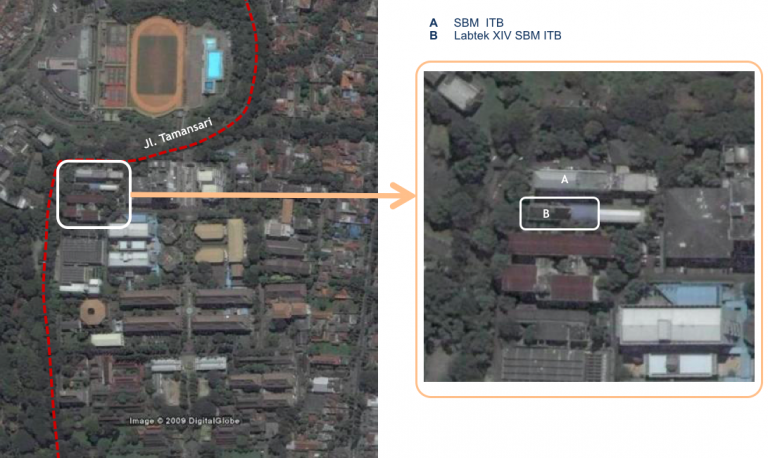
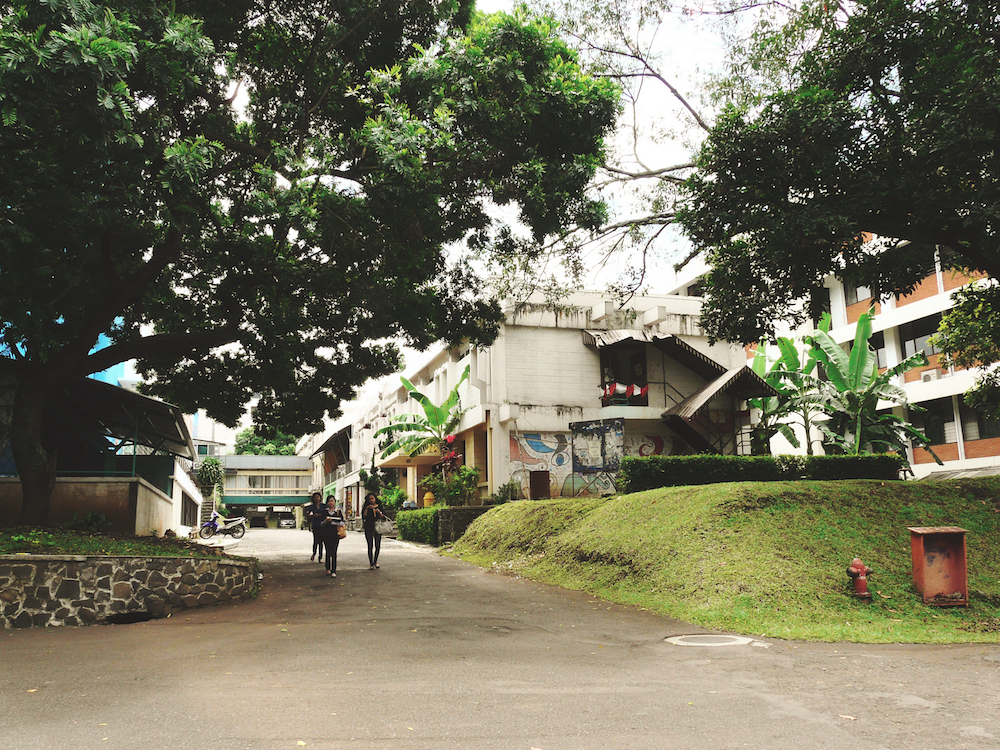
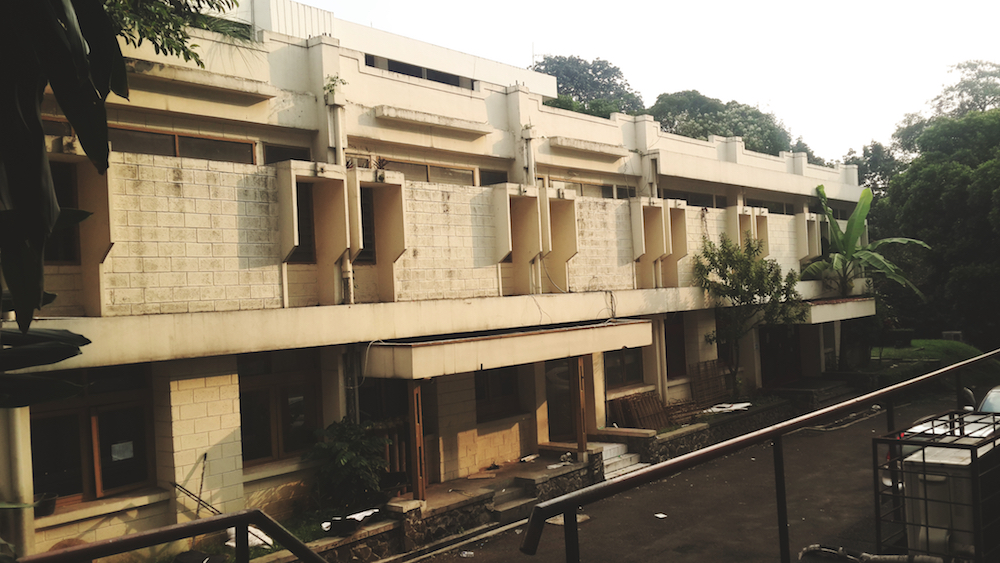
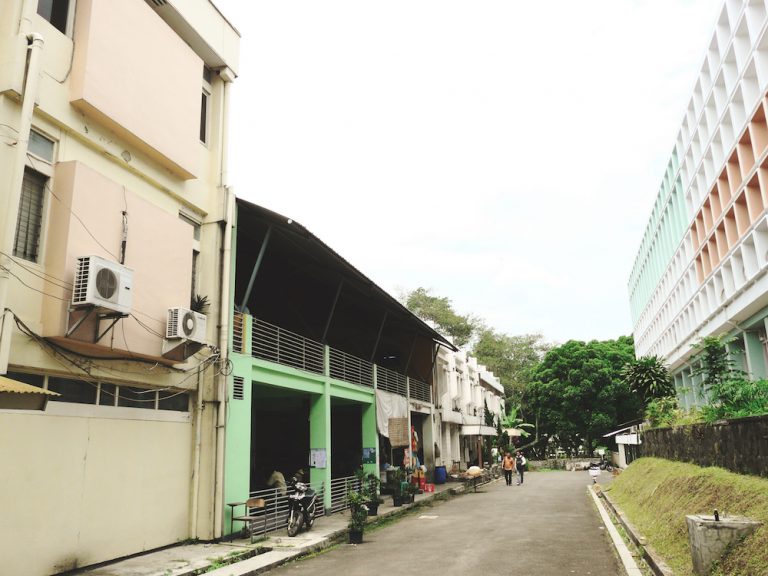
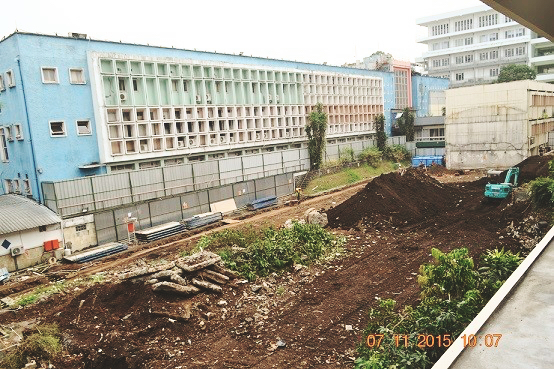
Most of the time, a building was planned by defining the needs, getting approval from the authority, followed by decisions about allocation of supporting resources. Labtek XIX also followed this process. The first stage of the planning process resulted in a proposal discussing the needs of SBM ITB, the physical settings needed, the general architectural design, and the costs needed. The proposal was sent to Freeport McMoRan, Inc. at Phoenix, US. After a green light from Freeport McMoRan, Inc. the plan was further elaborated as the Detail Engineering Design document. Further, Freeport McMoRan assigned its subsidiary—PT Freeport Indonesia—to supervise the realization.
ARCHITECTURE
Following the needs, the space allocation resulted in a 6 floors building. The Architect proposed 4 different building designs and the SBM Faculty chose Alternative D.
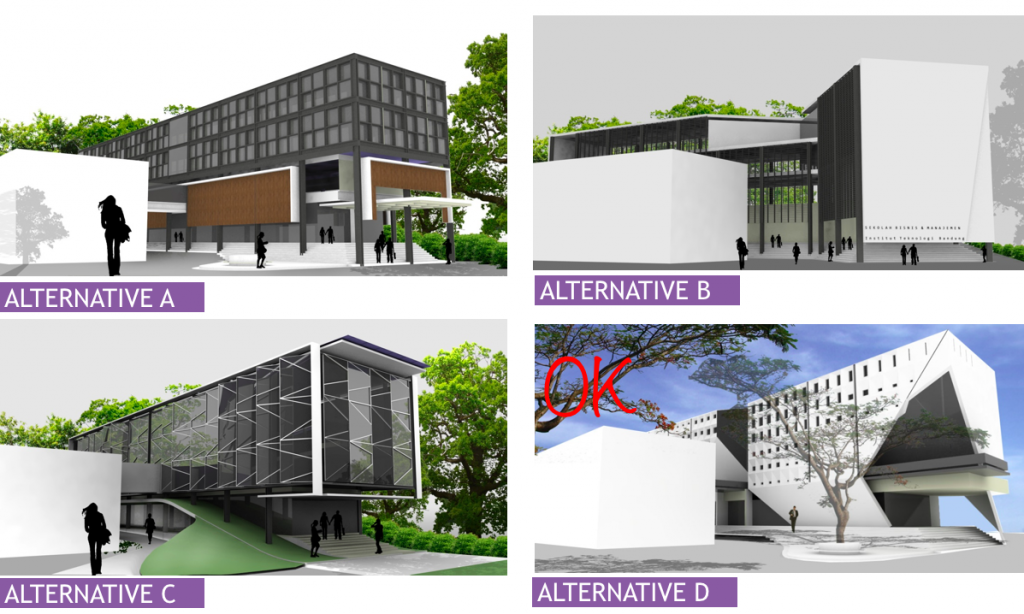
The first or ground floor accommodated a lobby, a canteen, and student units. Part of the canteen former is also placed on the second floor. The Library is placed on the second floor as well as the bridge to the old building. Two large tele-conference rooms, and a gym are in the third floor. The fourth floor accommodates two three laboratories, a business incubator, and three small classrooms. The fifth floor is the place for the school administration, and the auditorium which could also be accessed through through its foyer on the sixth floor. The final design is presented in 6 pictures:
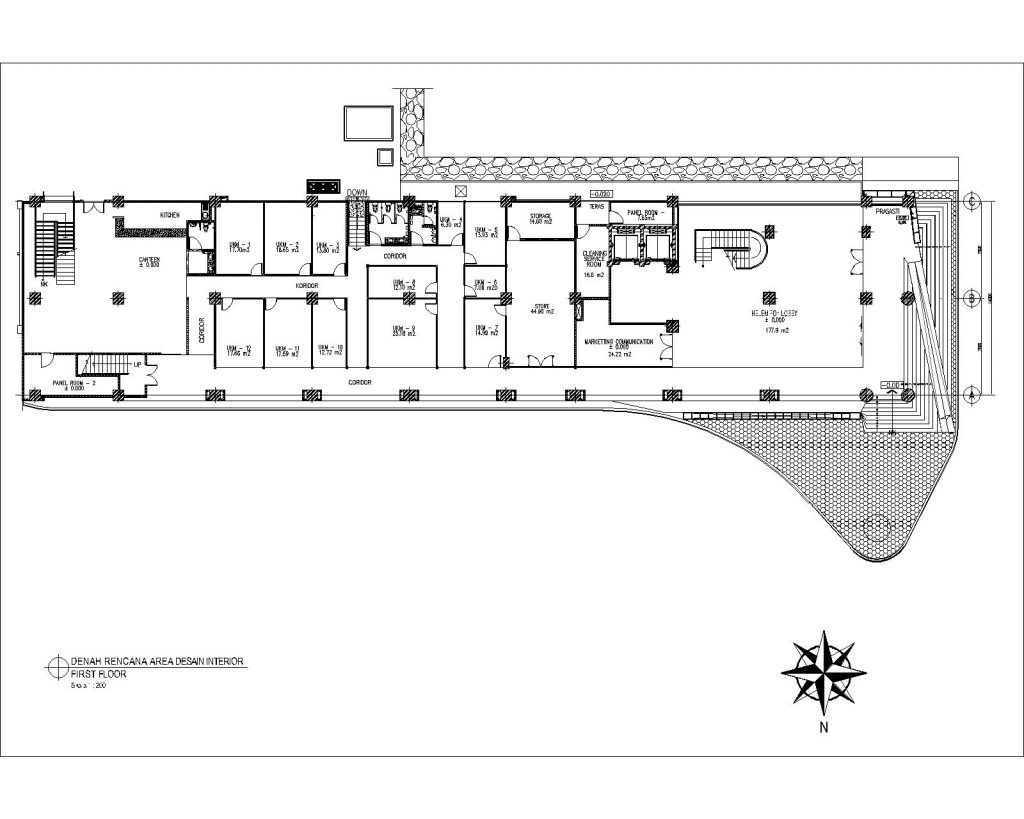
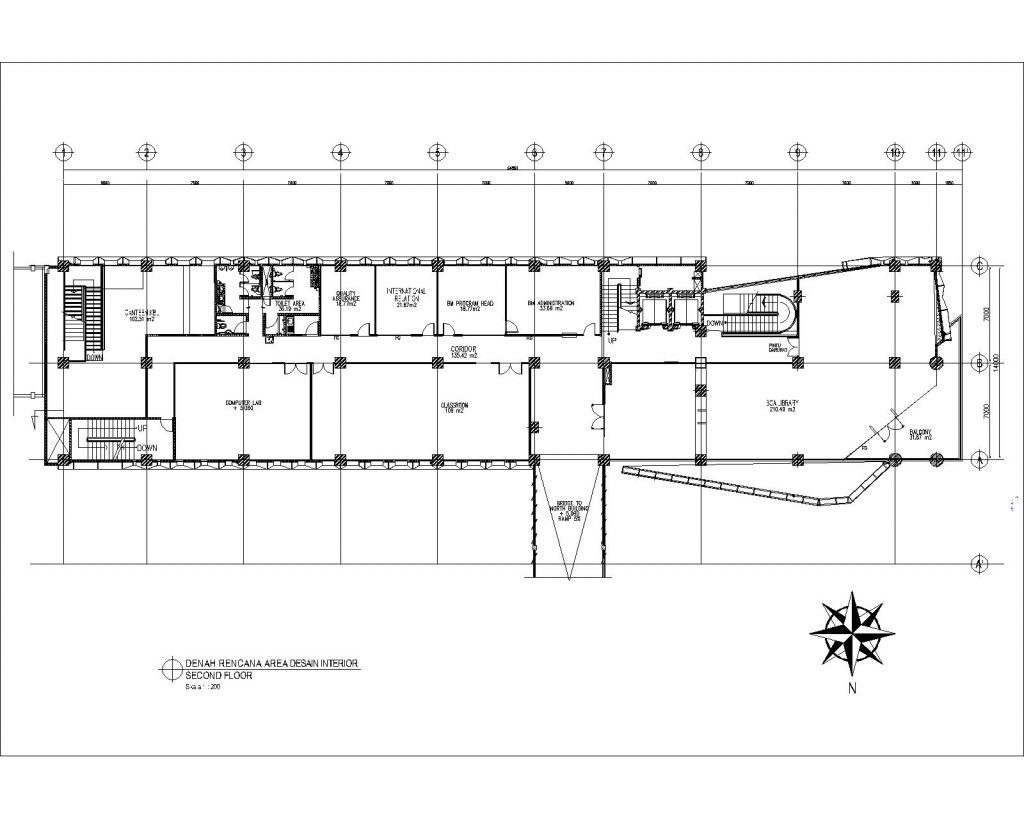
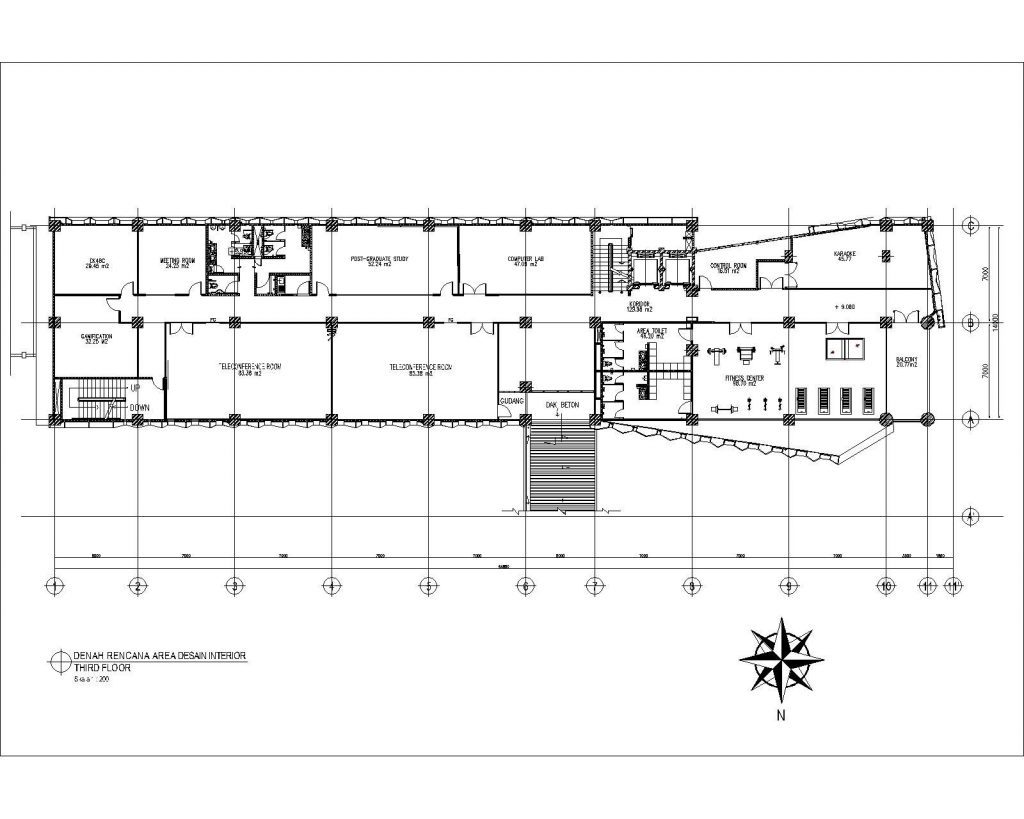
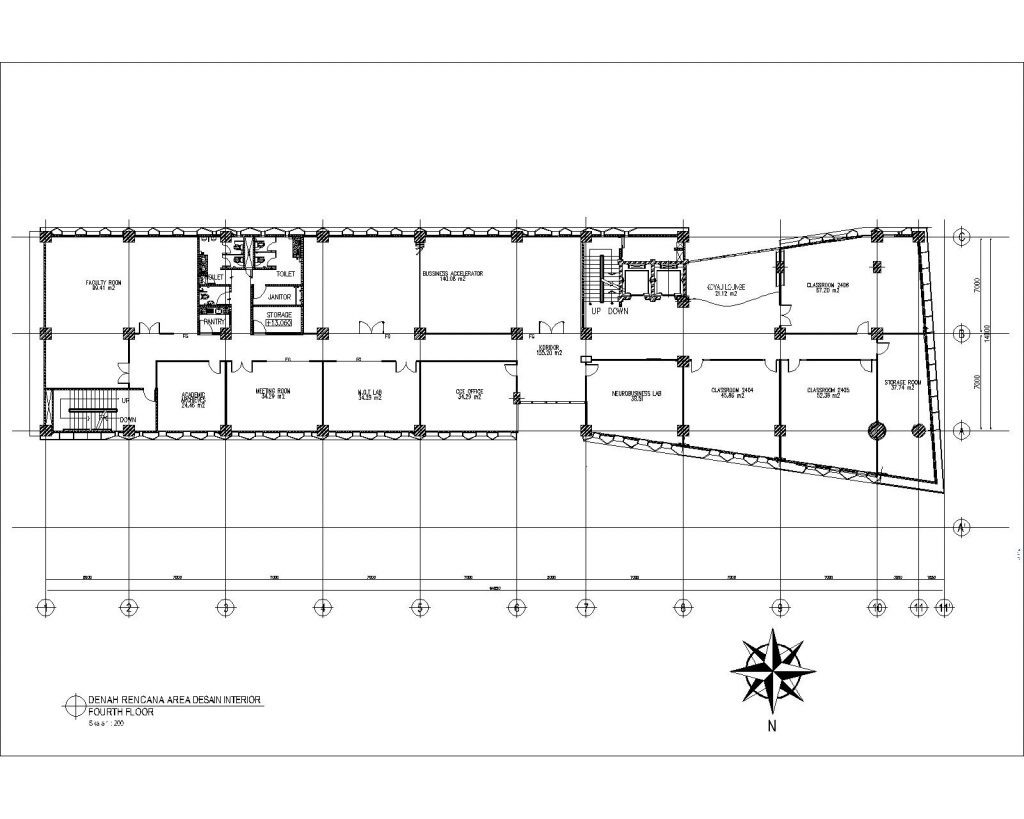
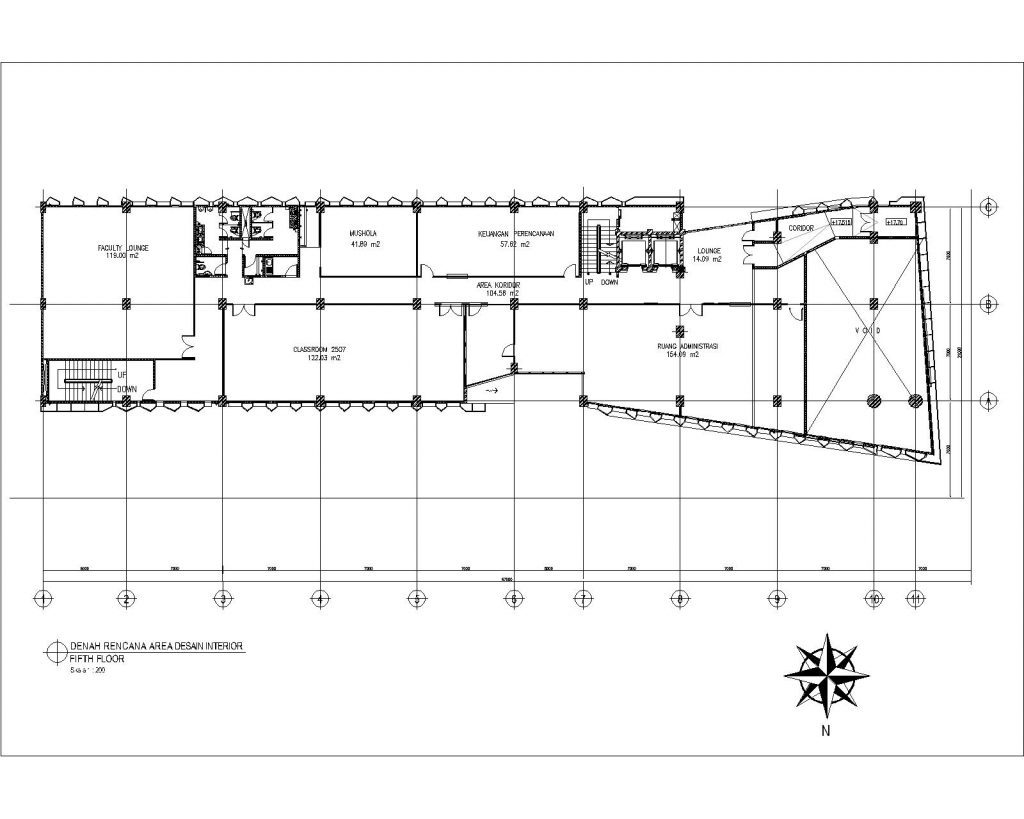
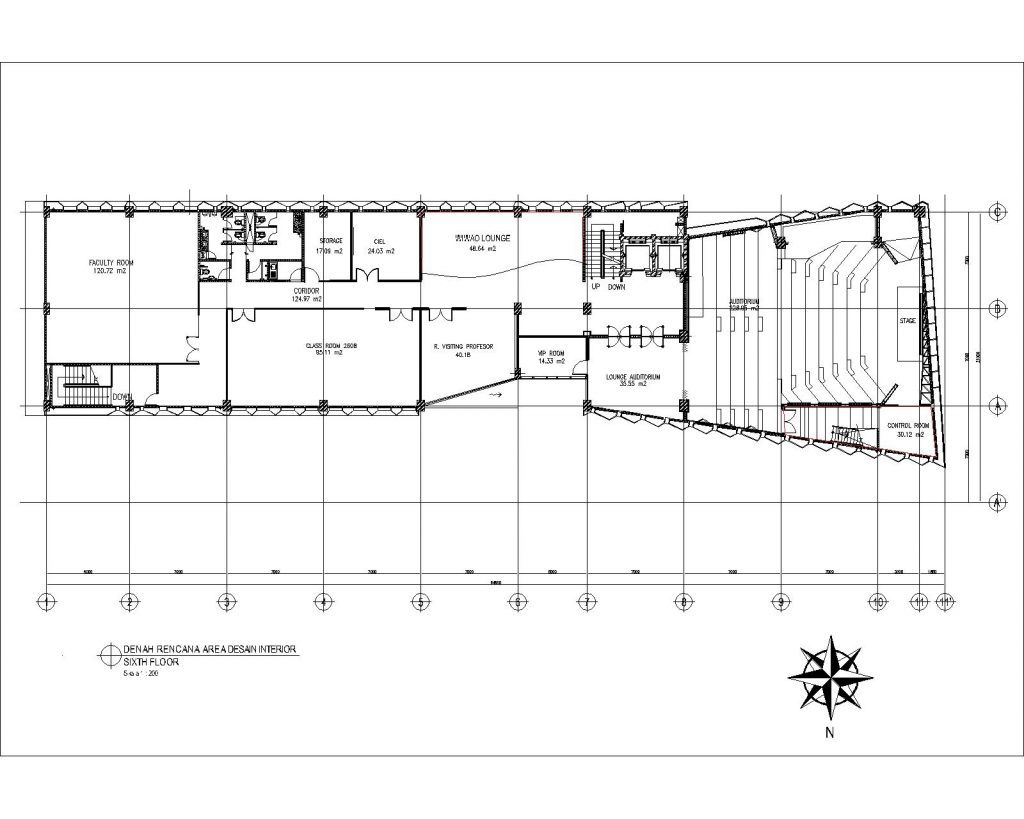
LOUVRE—Labtek XIX is an extension of the former SBM building (3). So, the design of Labtek XIX should also reflects the most important design concept of the old building. The old building is a heritage building constructed in the 1950. It is a building specifically designed to make the most of the tropical climate. The windows are quite large, but protected from direct sunray by louvres on all windows.
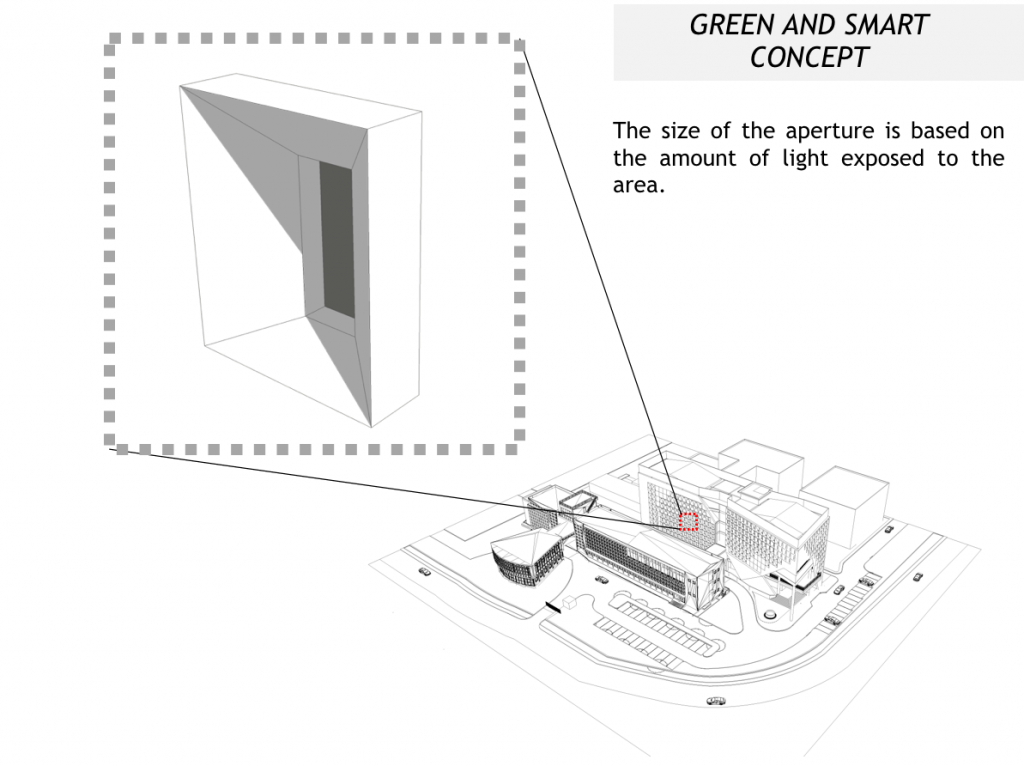
Further, the first floor and balcony are recessed prevented from direct sunray.
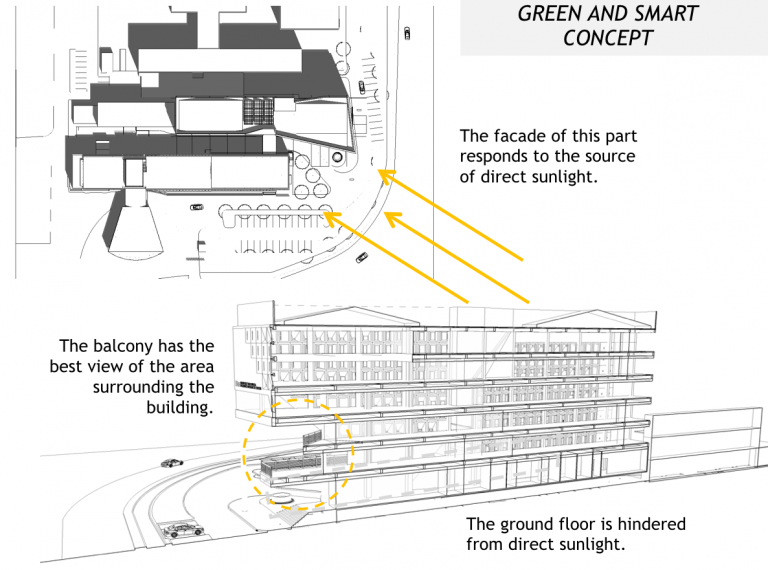
WINDOW—Although sunray was screened, heat radiation could still enter the building, especially through the window. Suggested by the building physicist from the ITB Engineering Physics Program, the Architect decided to use double glass window.
SOLAR PANEL —At the initial stage, the Architect already considered to set solar panels on the building. Due to the price, this idea was turned down. However, PT Freeport Indonesia advocated a future oriented equipment and solar panels were reinstated again.
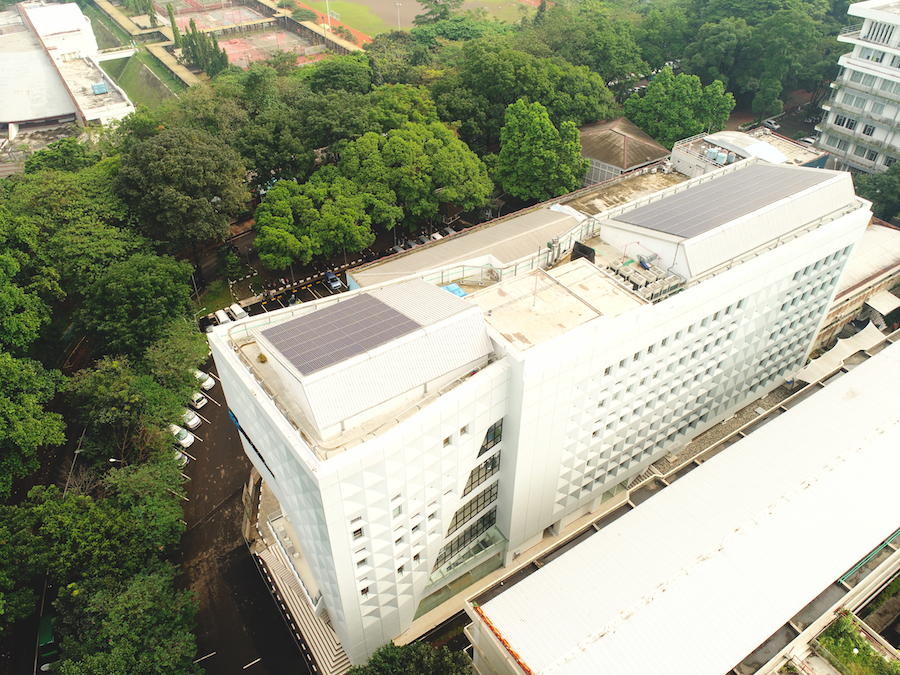
This time, the Laboratory of Energy Management from the ITB Engineering Physics designed the system. The Solar Electricity Generating System is also decided as a living laboratory as a part of the Laboratory of Energy Management.
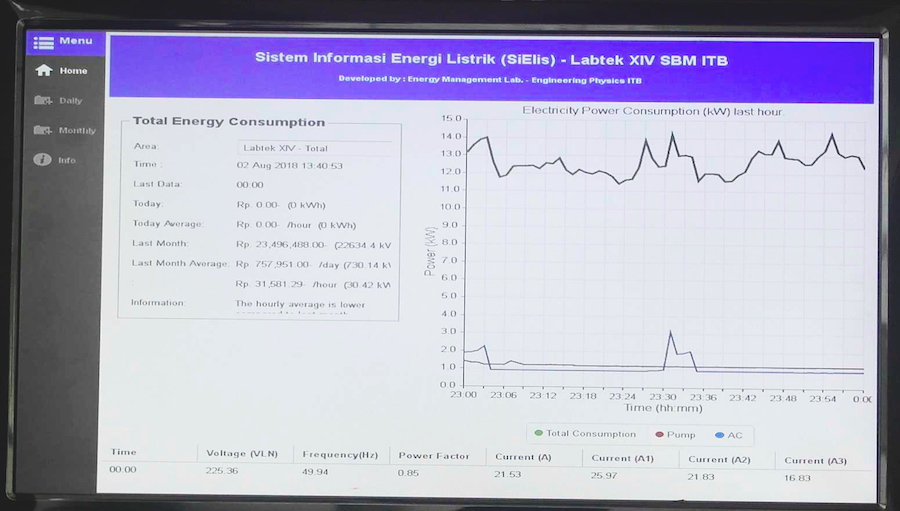
Interior designers took the project further, forming the ambience. From the outset, PT Freeport Indonesia suggested that some of the Papuan culture should be reflected on the building. However, there is no precursor of this on other buildings in ITB Campus. There is only limited esthetique elements in the ITB Campus. Furthermore, there is no code about applying cultural artefact in the campus. The designers argued that an educational building should not be designed like a hotel, rather it should shows order but also openness. It should accept novelty but conserve proven guiding principles. Cultural artefacts should be placed to subtly create a Papuan nuance.
In order to achieve the best results, the Interior Design Consultant was asked to collaborate with the ITB Interior Design Program. The Interior Design professor also invite an artist who is knowledgeable about Papua crafts.
SHADING—There is a lot of tribes in Papua, each with their specific crafts creating different artefacts. However, people who live on the higher land didn’t produce sculptures in contrast to people living in the lowlands. Choosing ornaments or sculptures should consider these differences. It is decided to redesign or simplify a Papuan ornament and use it as shading.
LOBBY—It is hoped that once a person enter the SBM lobby, a sense of Papua should be felt immediately (Iwan Kaljat, PT Freeport Indonesia VP Special Project). However, the lobby should also show the objective of the institution. The designer, then, chose a Wemawe sculpture that represent Kamoro people Ancestor. The sculpture is strongly represented Papua culture because it is carved in the Southern Papua Lowland style.
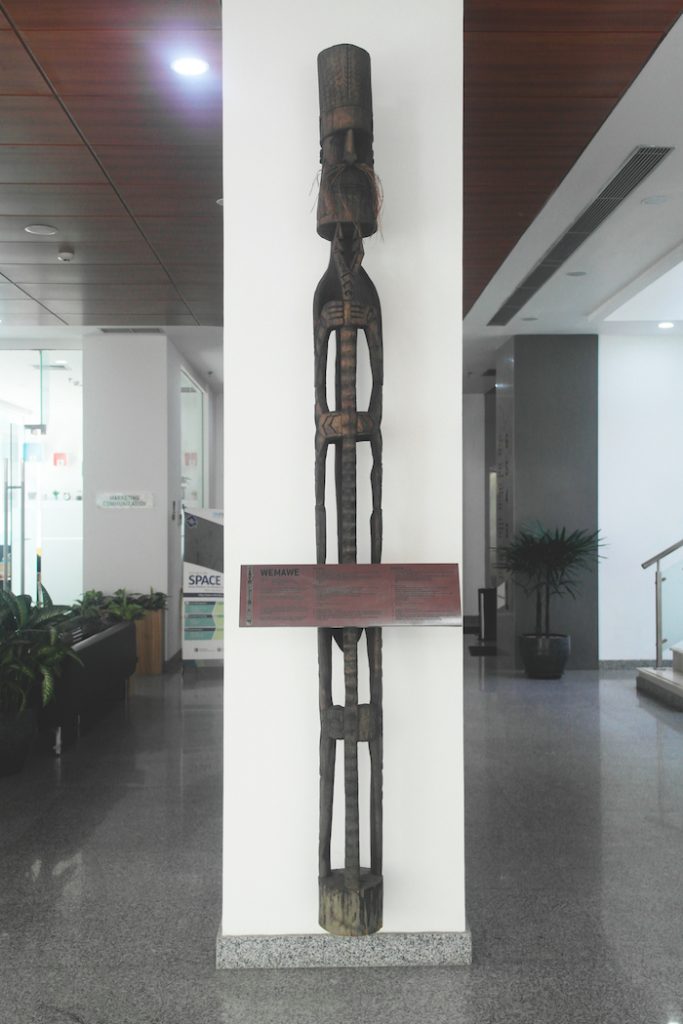
Inspired by the Grasberg Open Mine, a sculpture is designed to show the spirit of creating spin-off from the ITB campus. The circles shows a never ending endeavor of research that will contribute to people.

AUDITORIUM—The building is designed as an energy efficient building, so should the Auditorium. The most energy efficient lamps is used in the Auditorium. Also, the Auditorium is designed as an energy efficient room. Only a low wattage sound amplifier is needed for a lecture. The wall could be adjusted to control sound reflection.
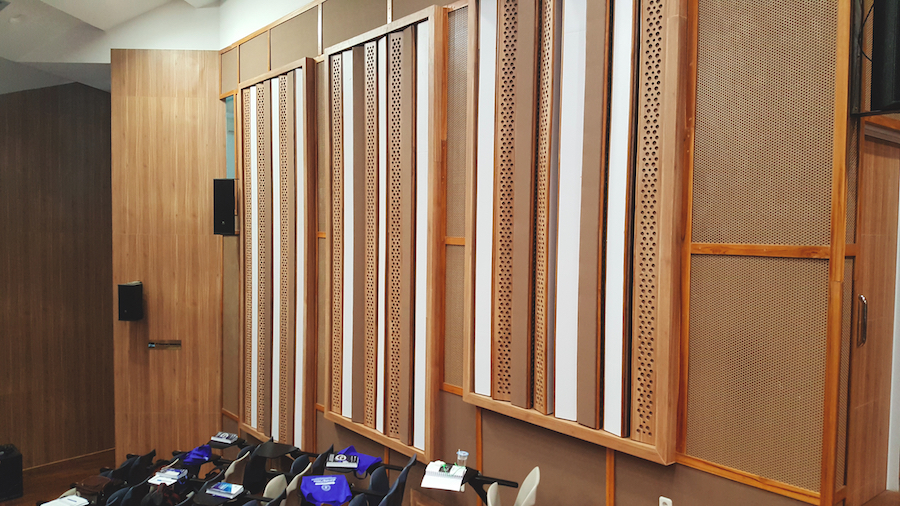
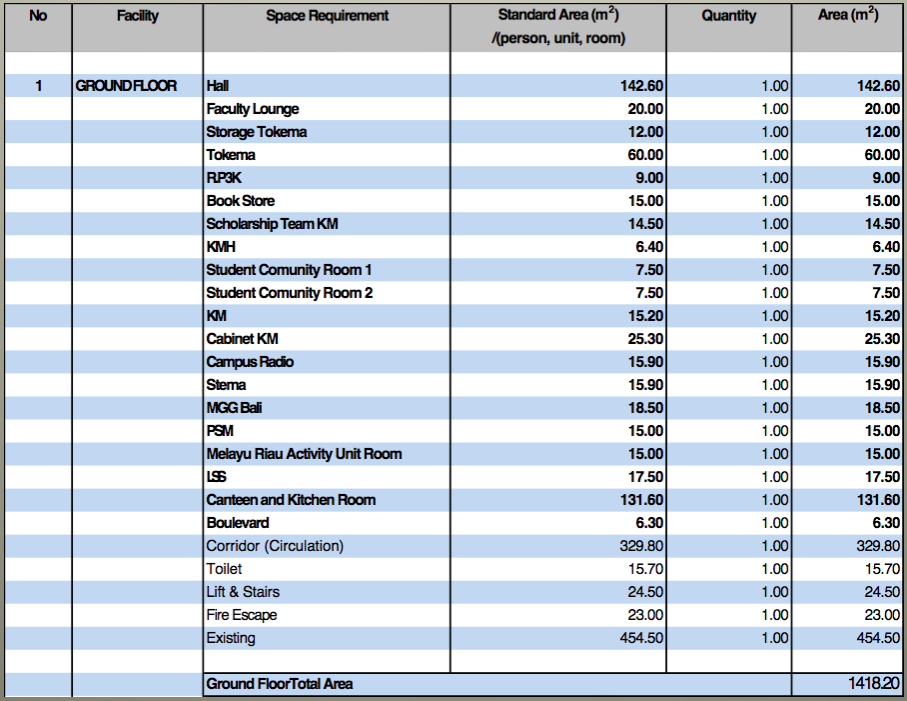
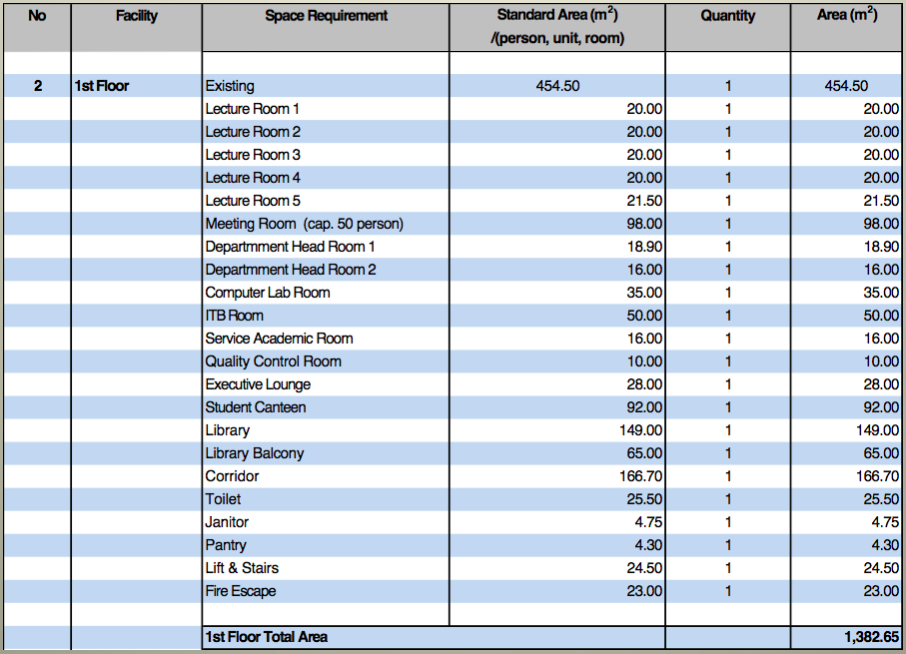
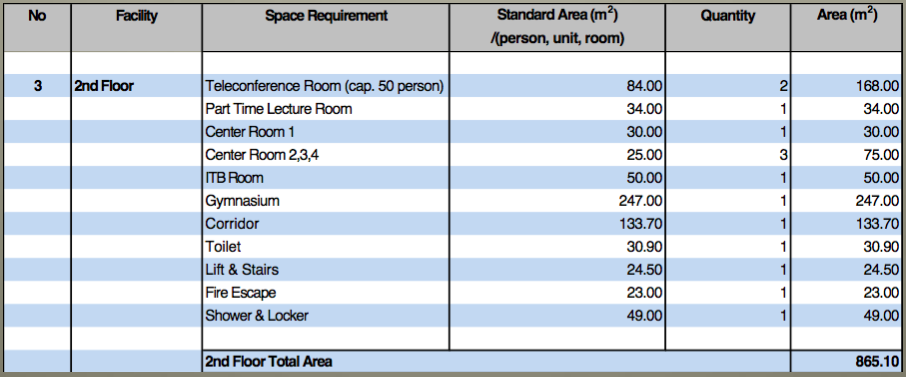
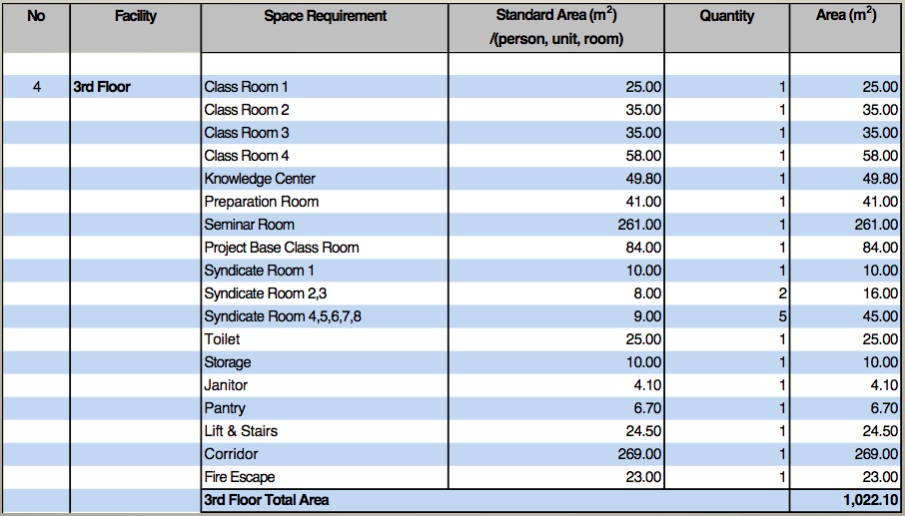
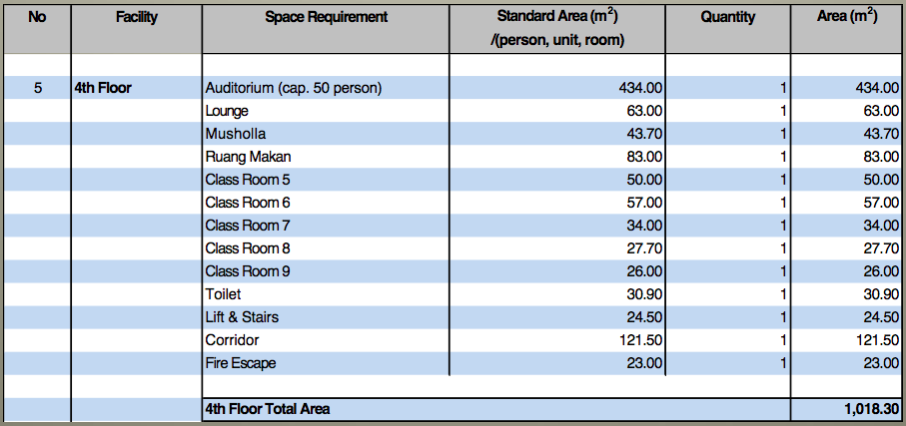
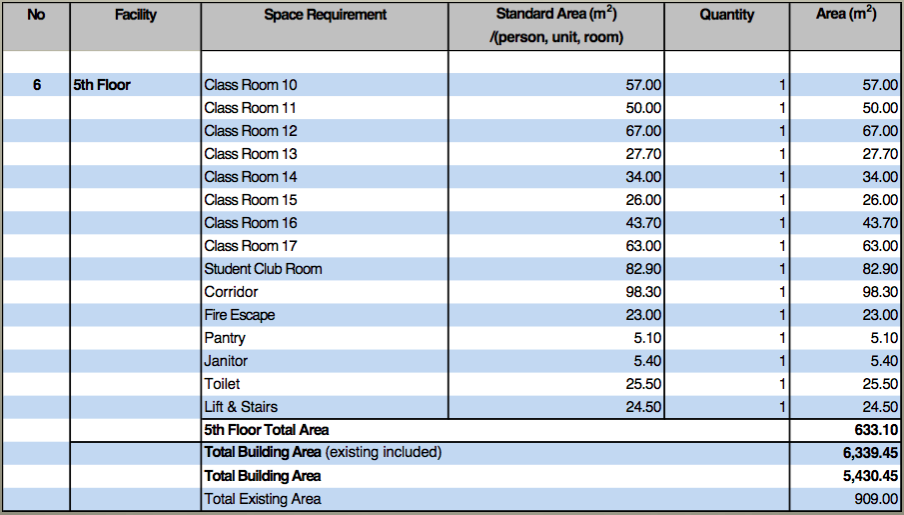
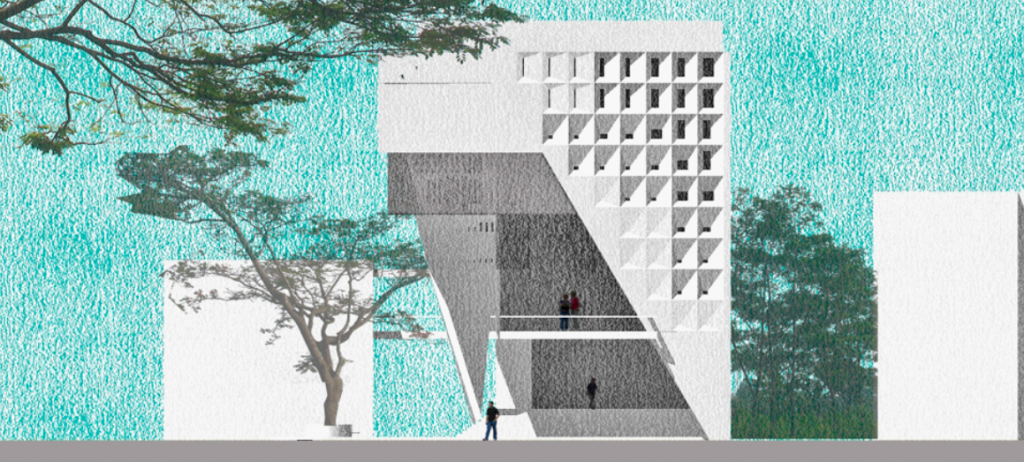
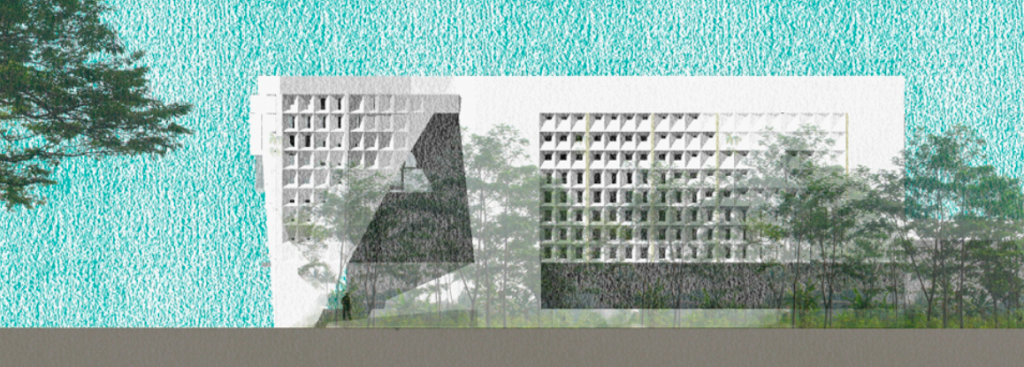
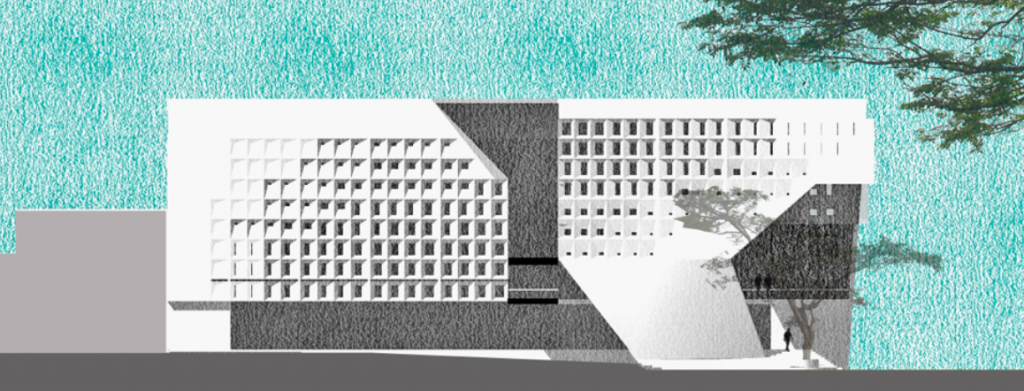
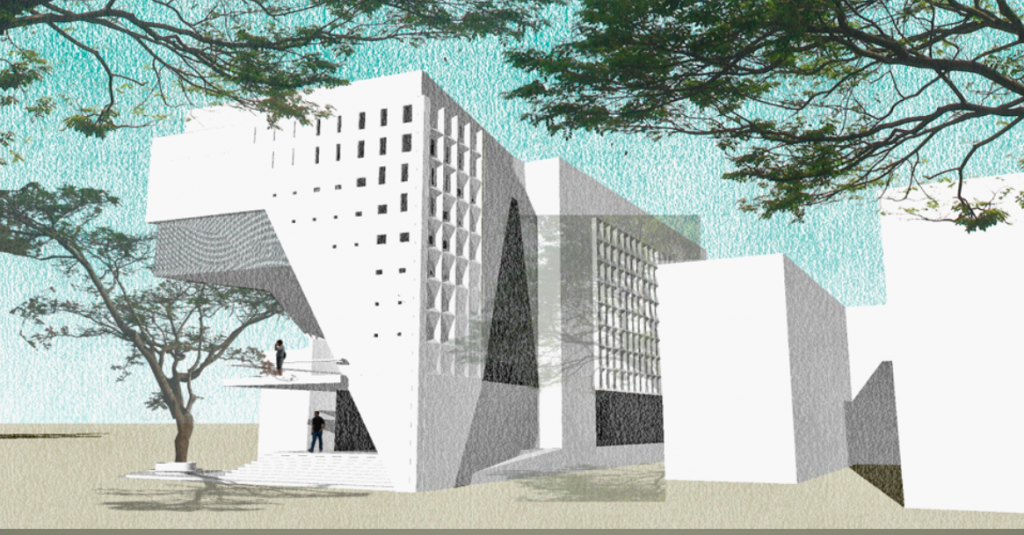
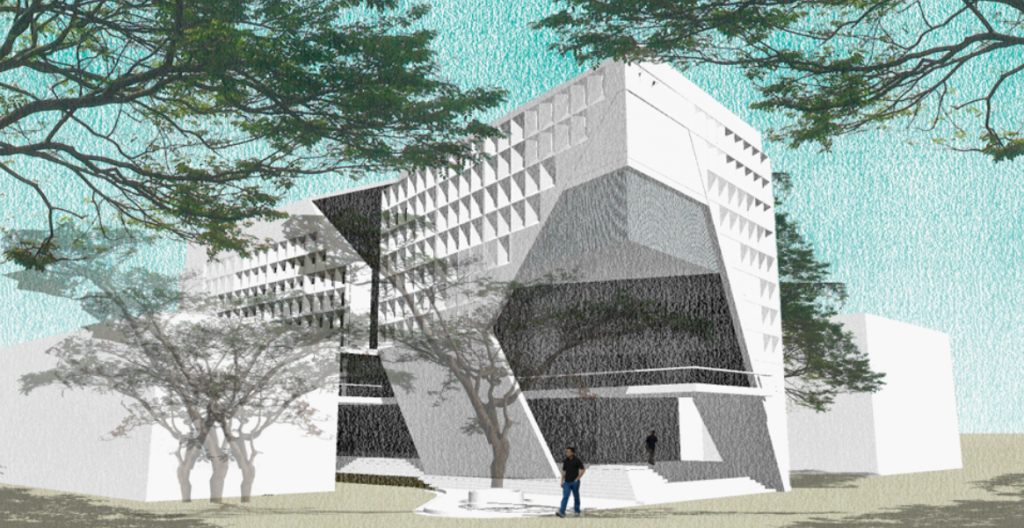
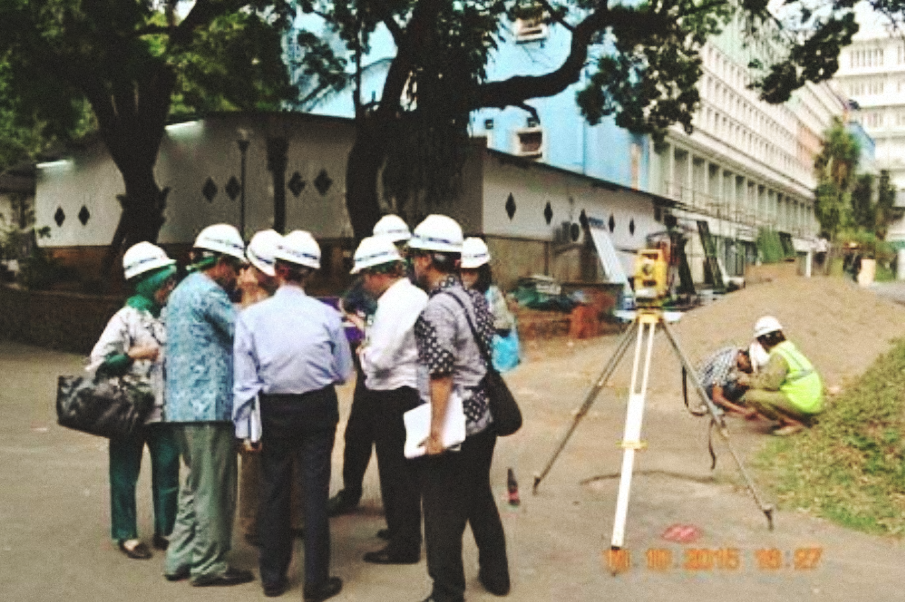
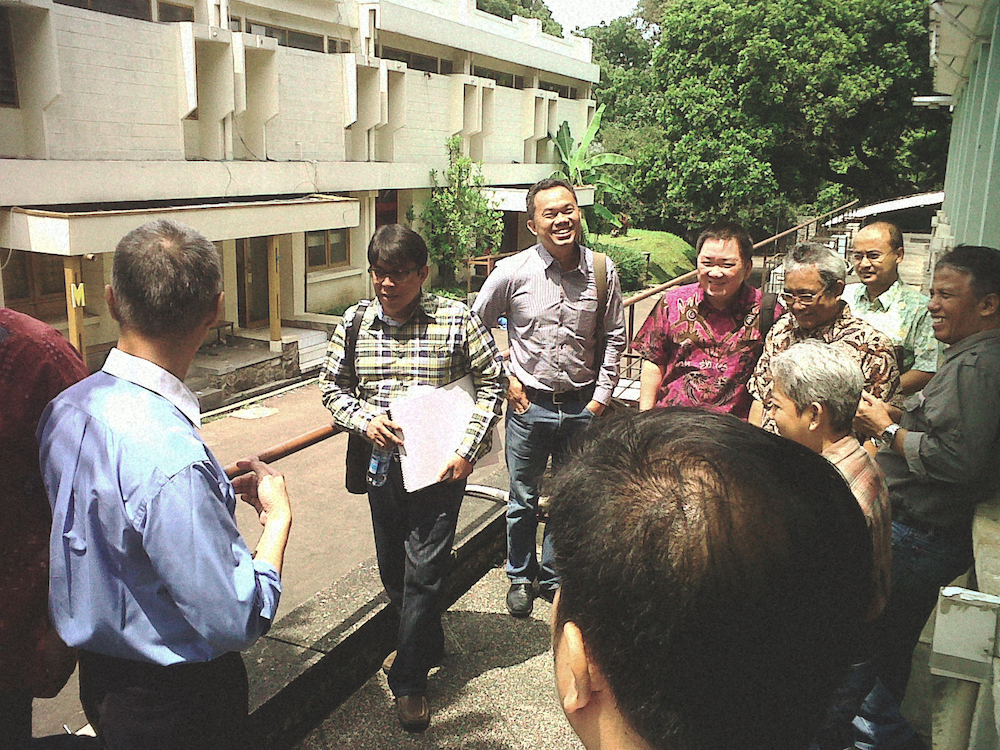
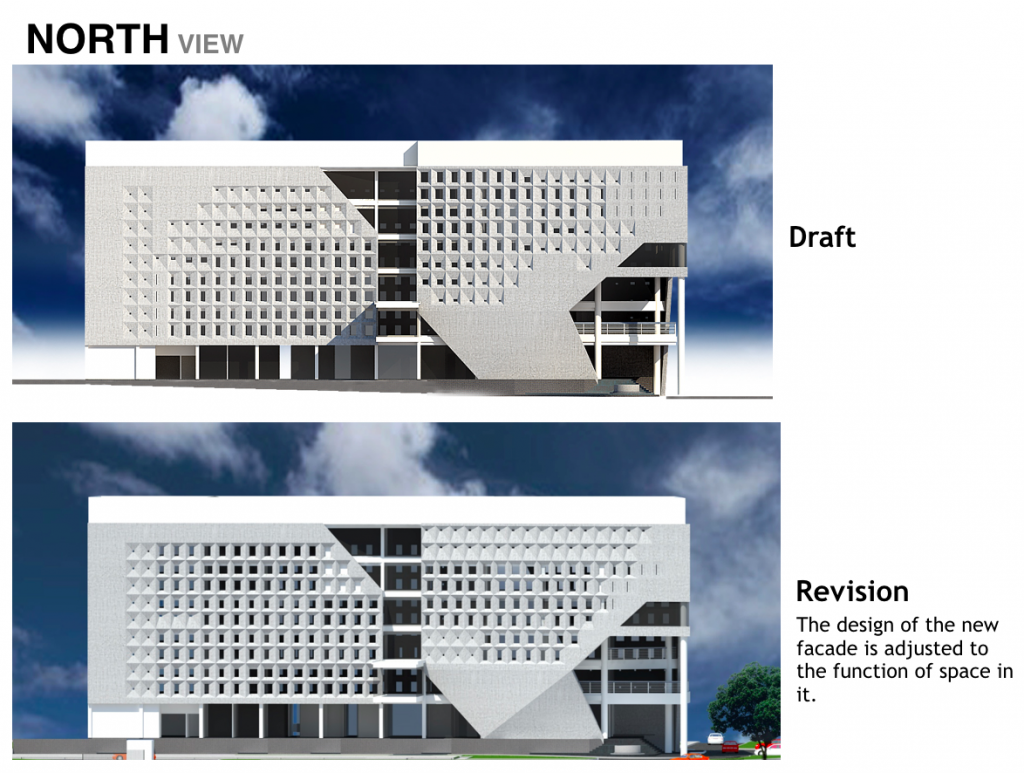
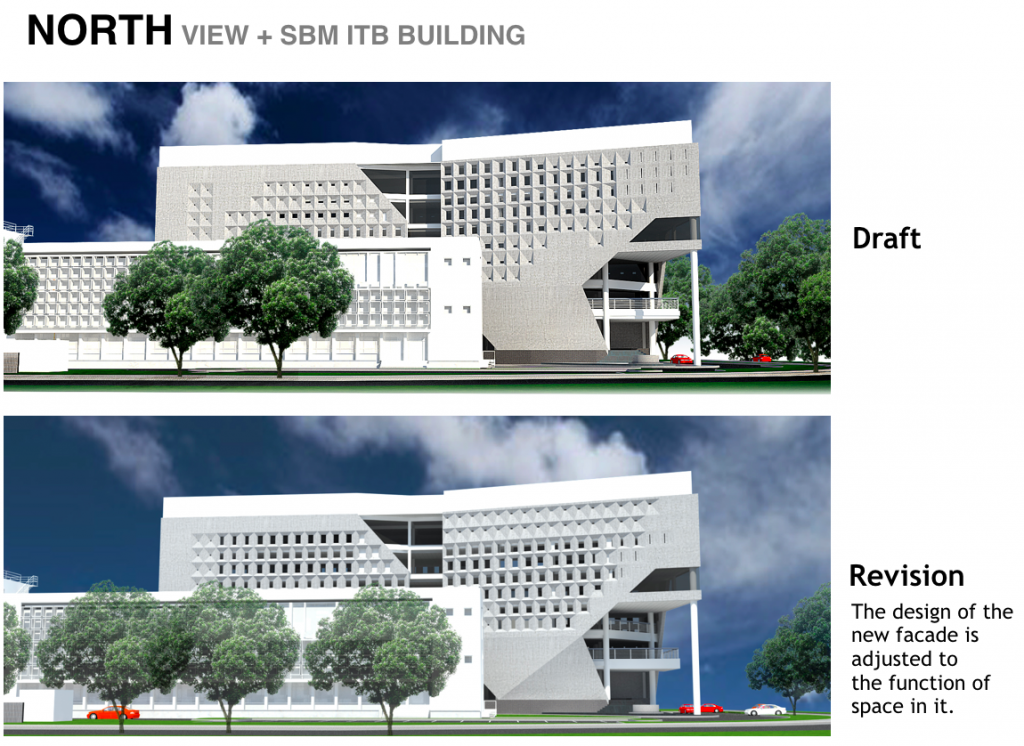
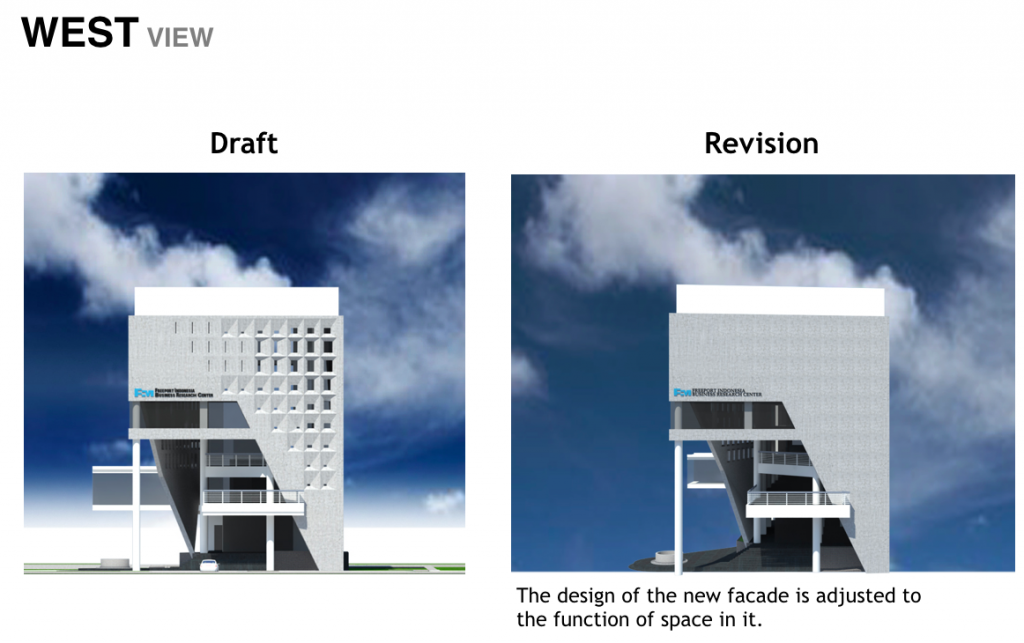
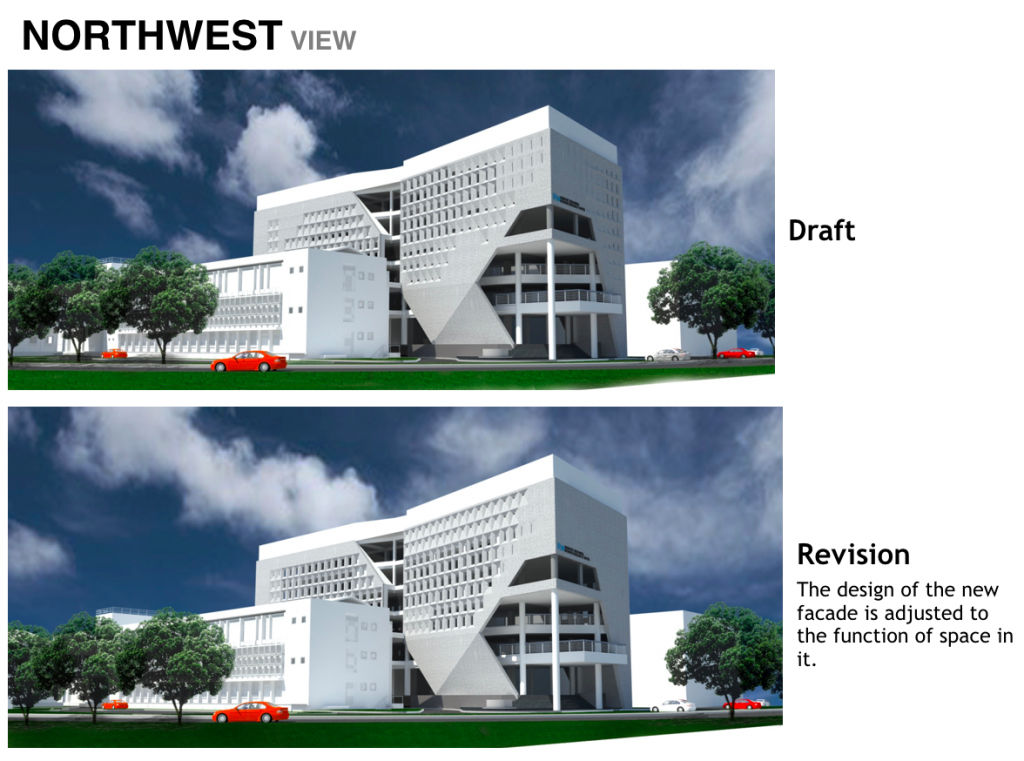
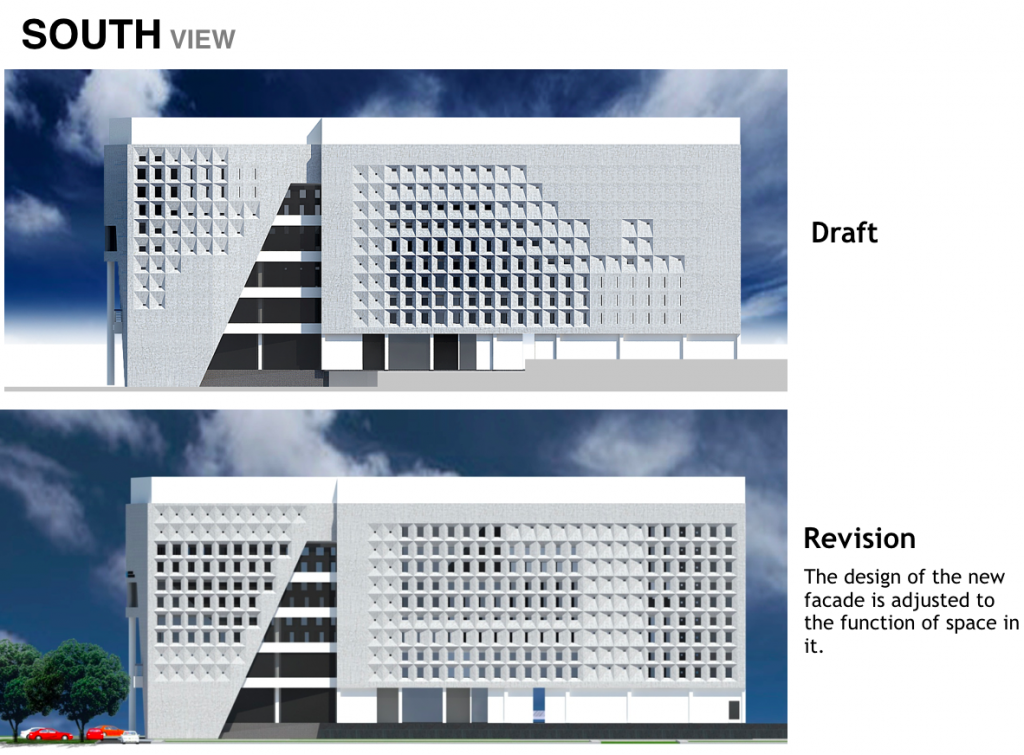
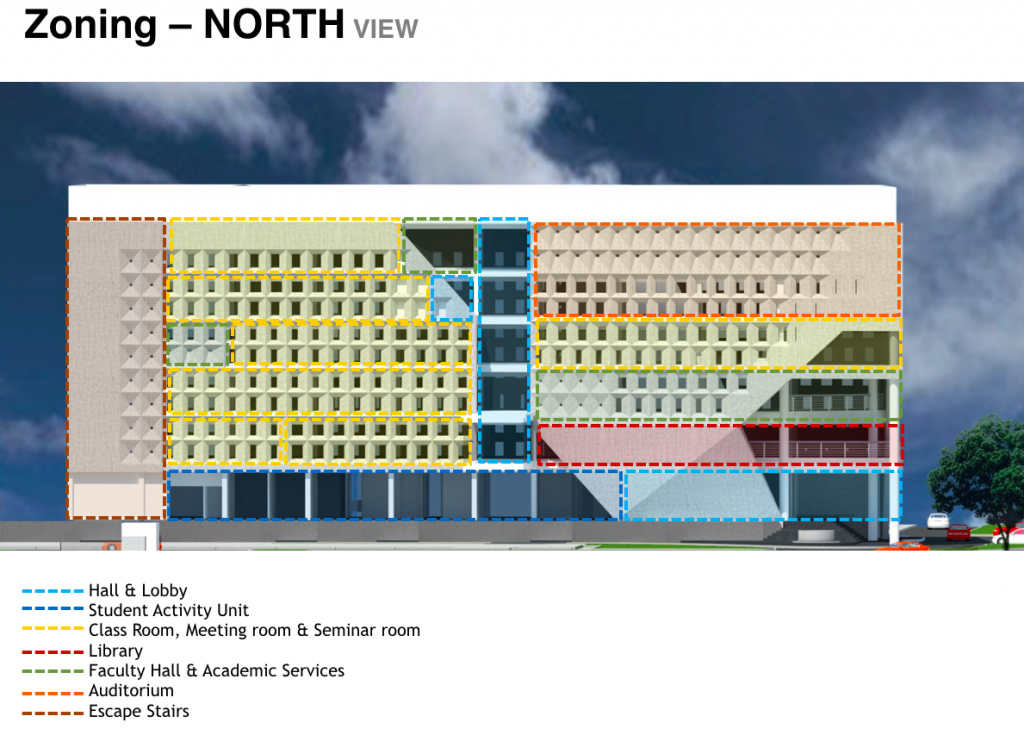

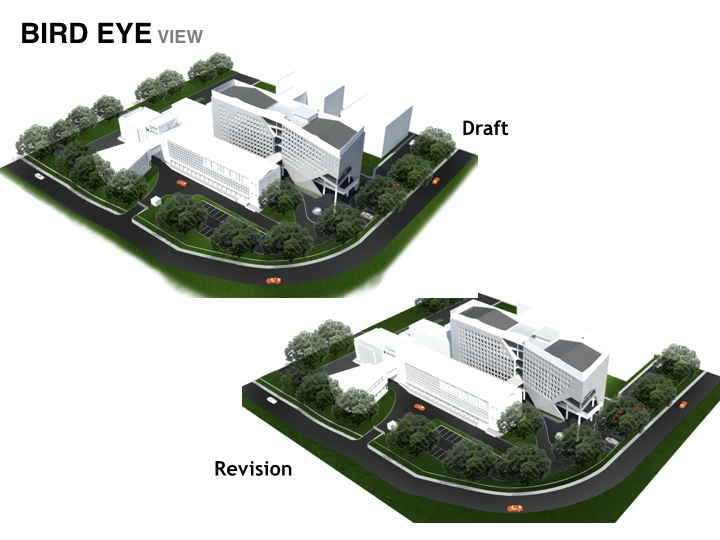
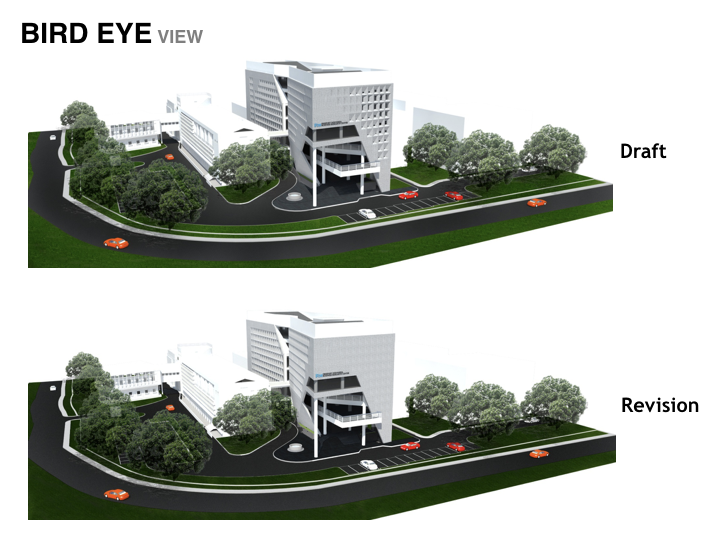
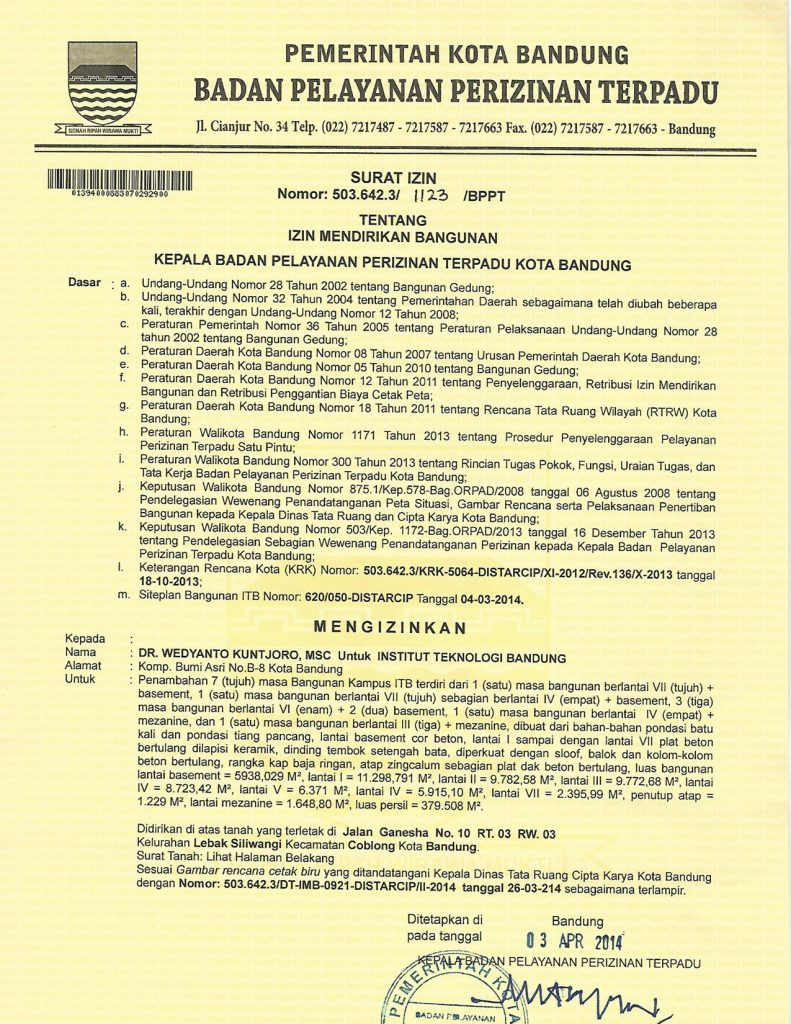
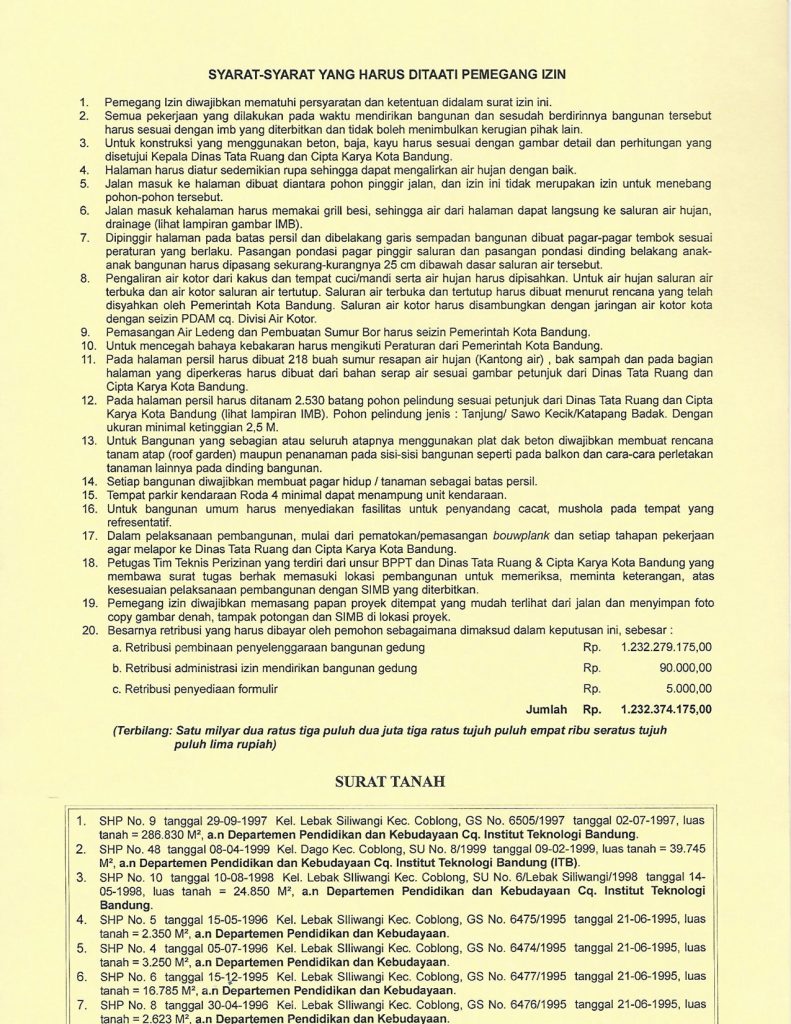
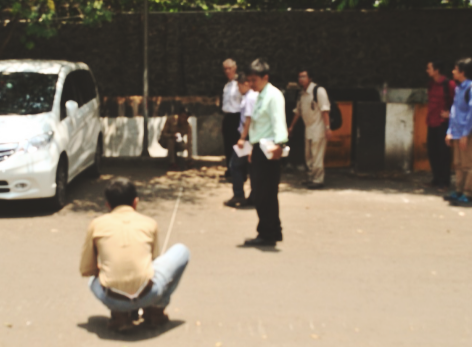
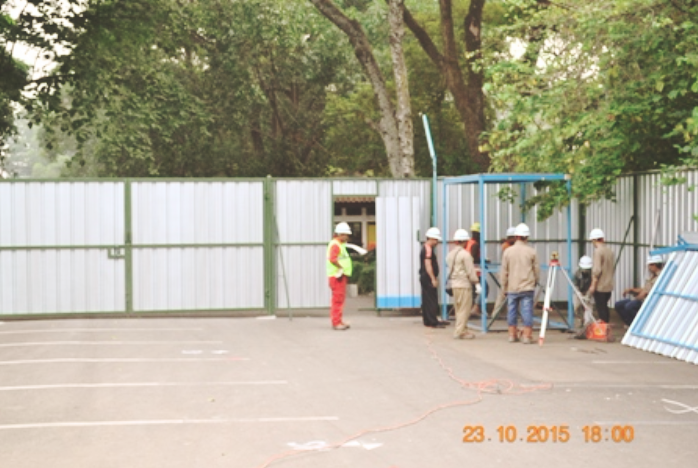
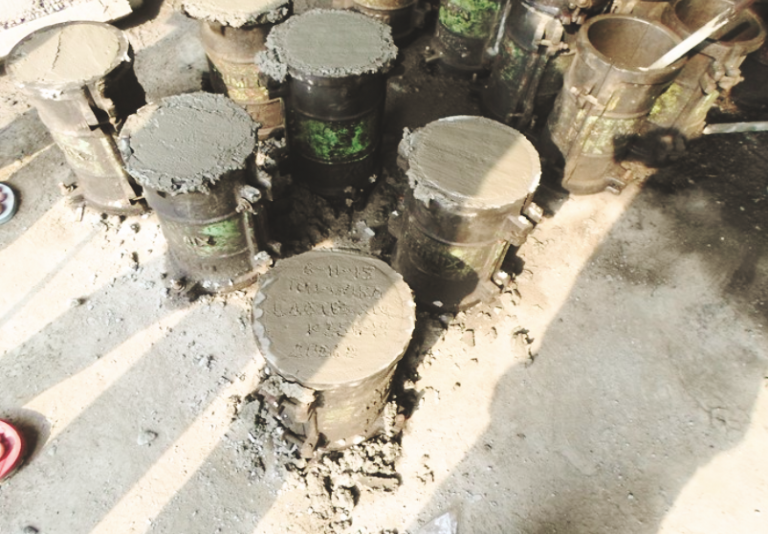
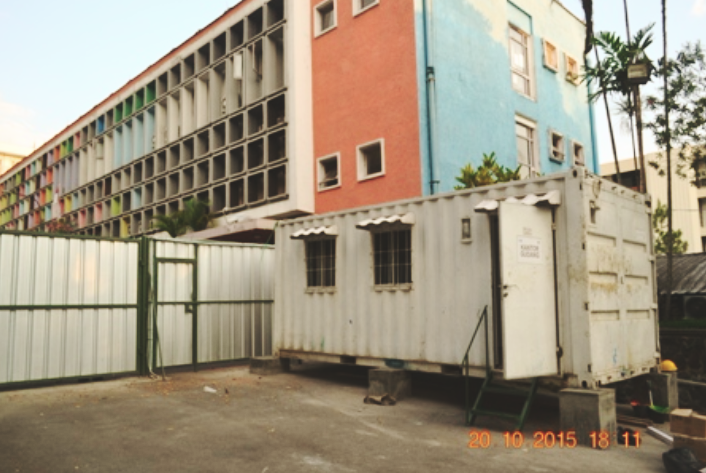
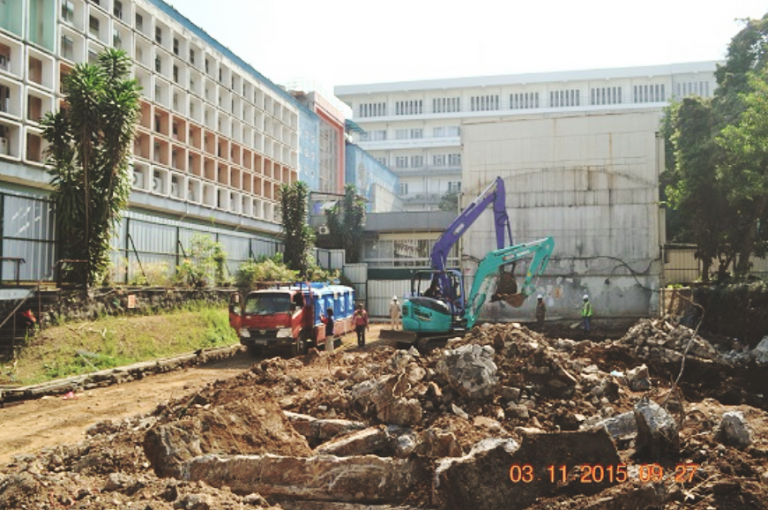
Week 31—52
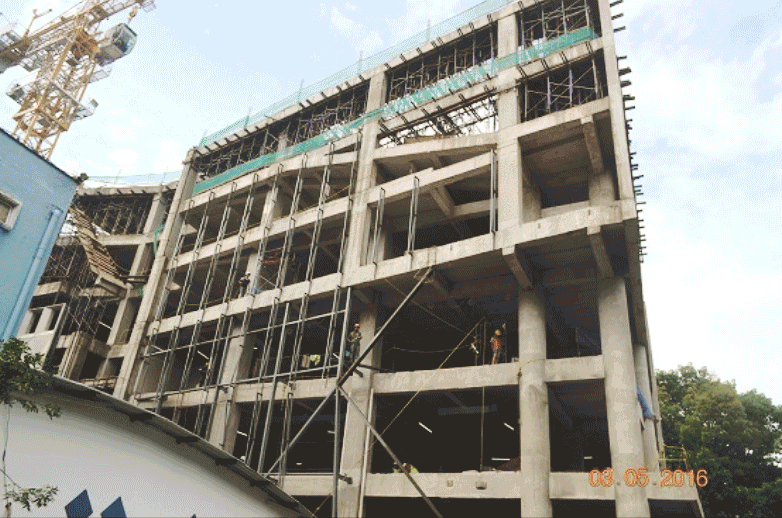
Week 12
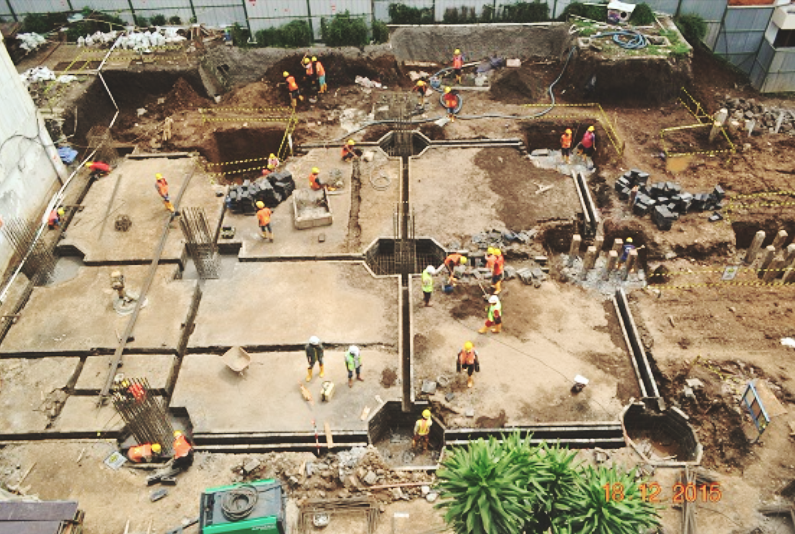
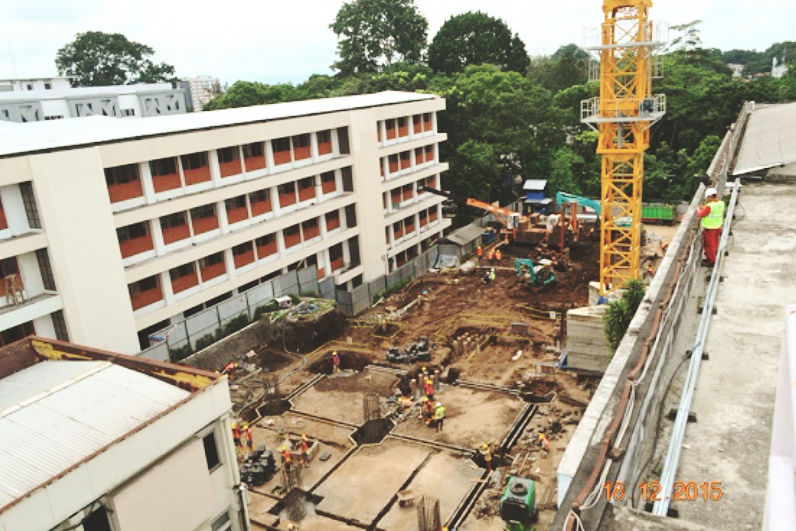
Week 13
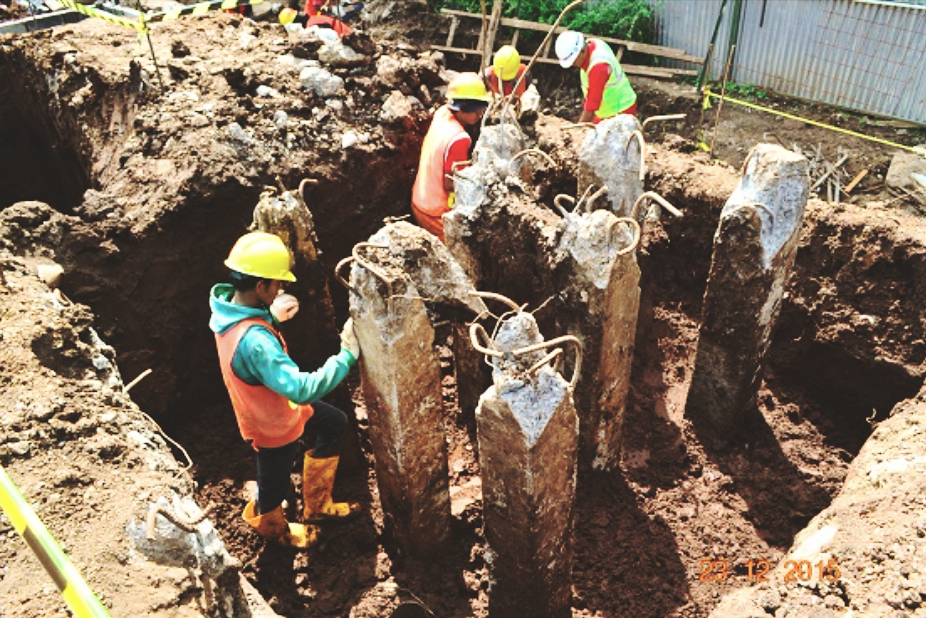

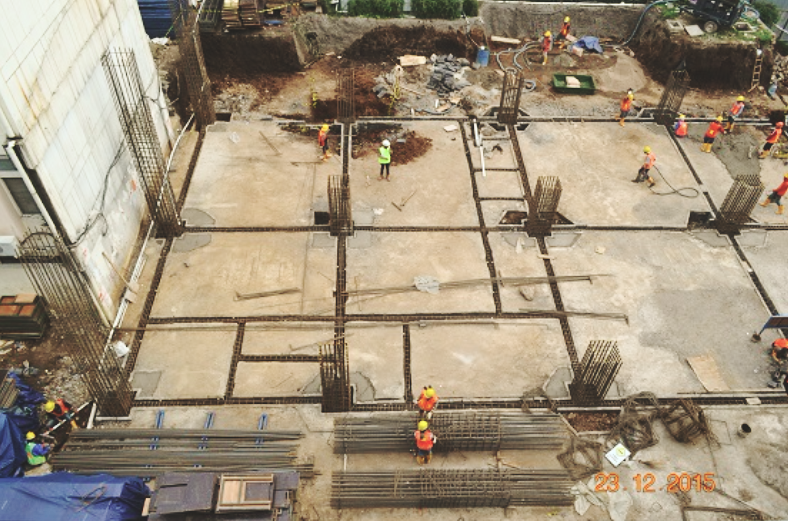
Week 17
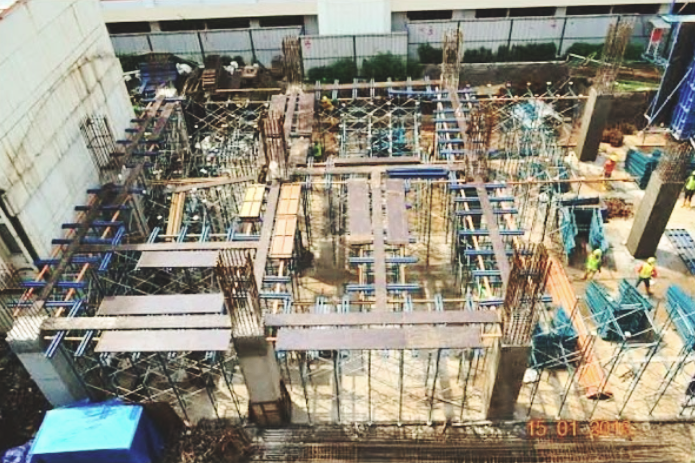
Week 18—22
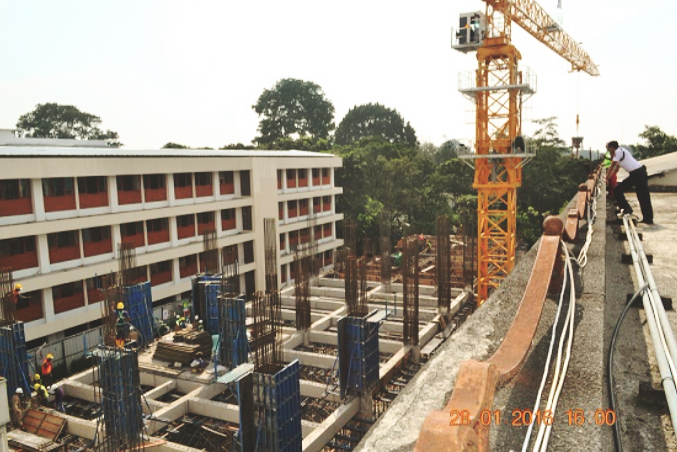
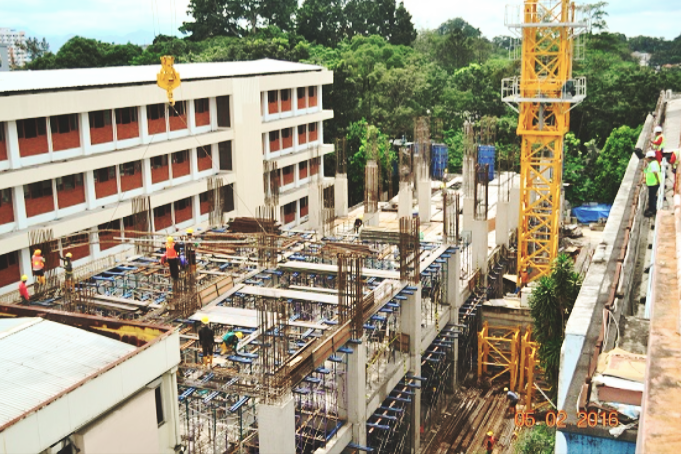
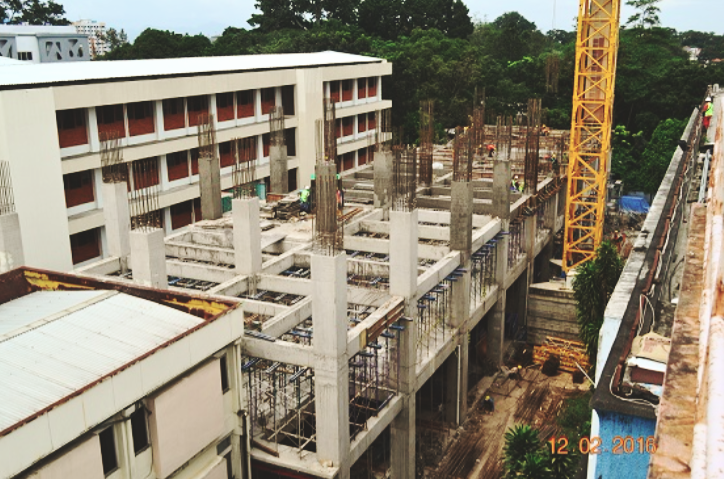
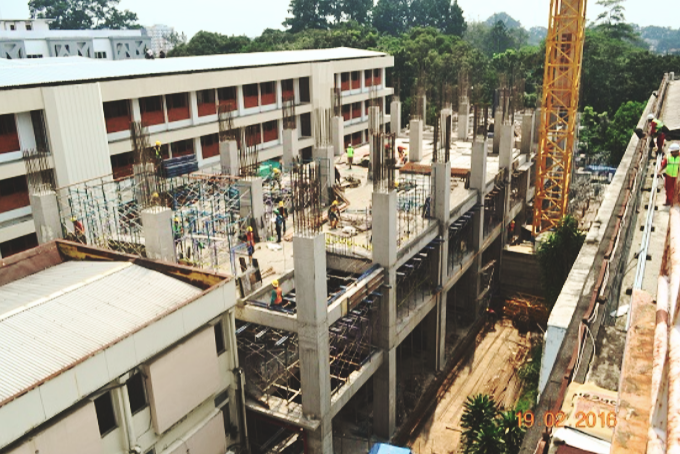
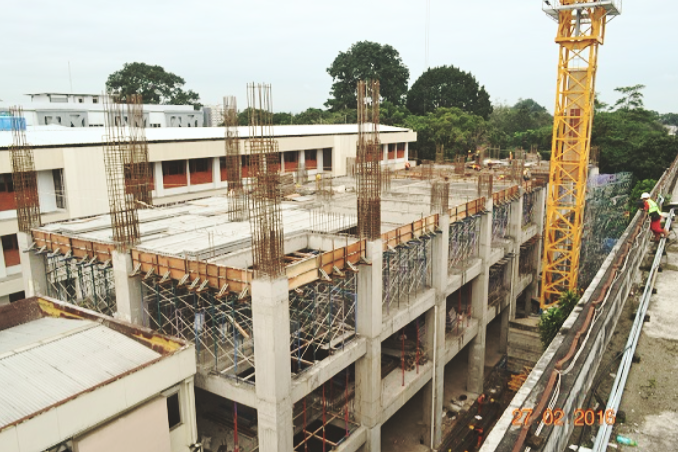
Week 23—26
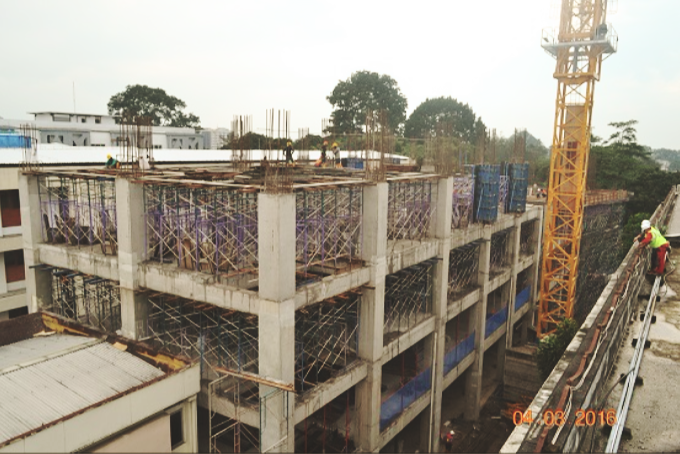
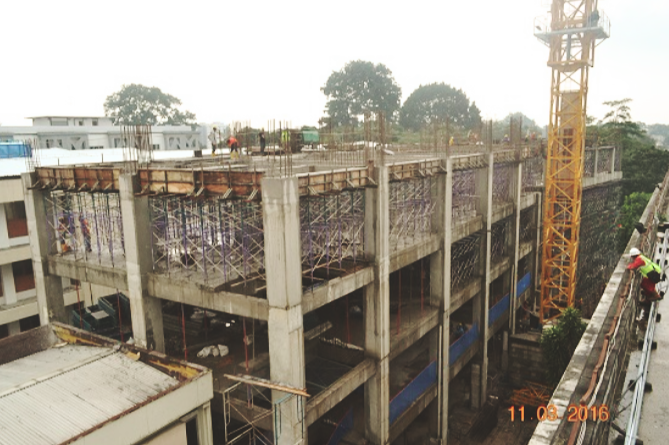
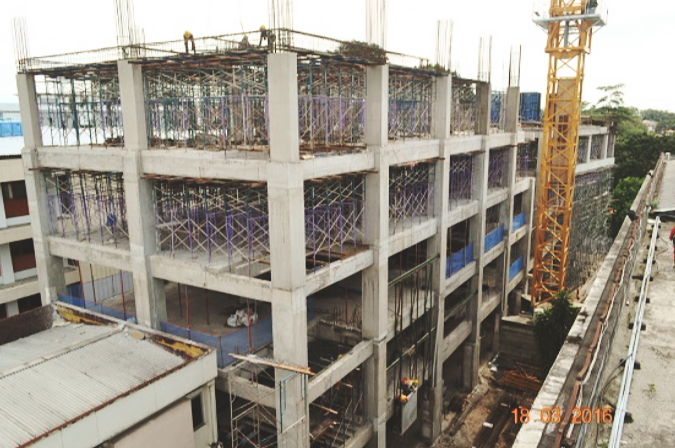
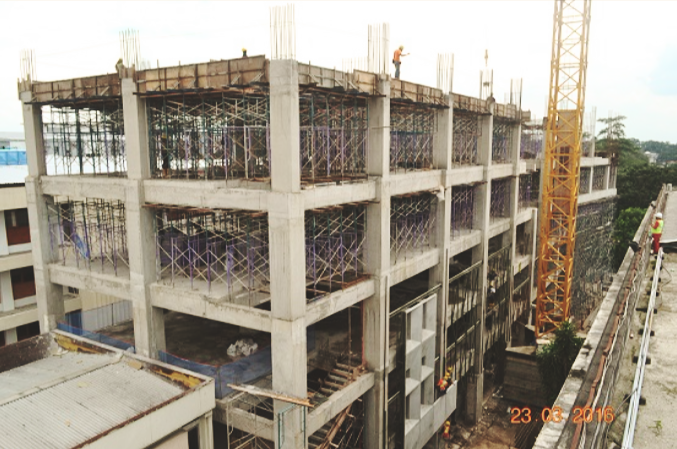
Week 27—30
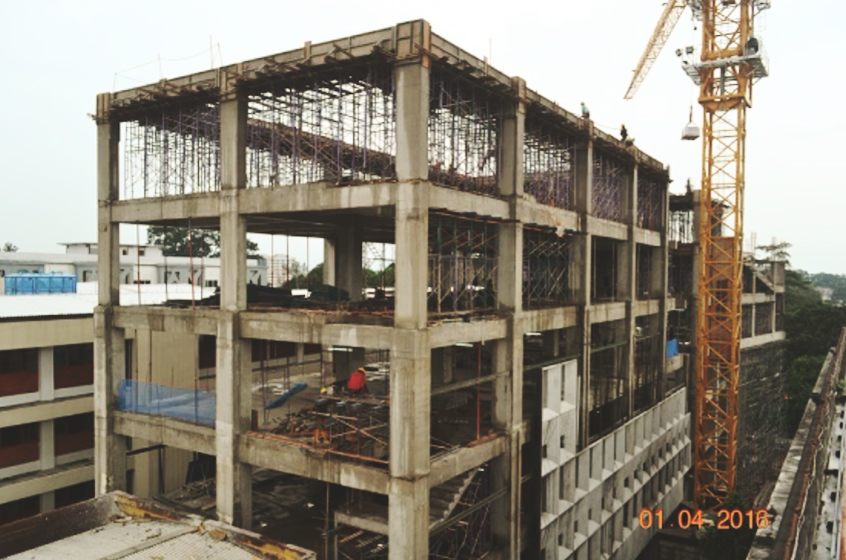
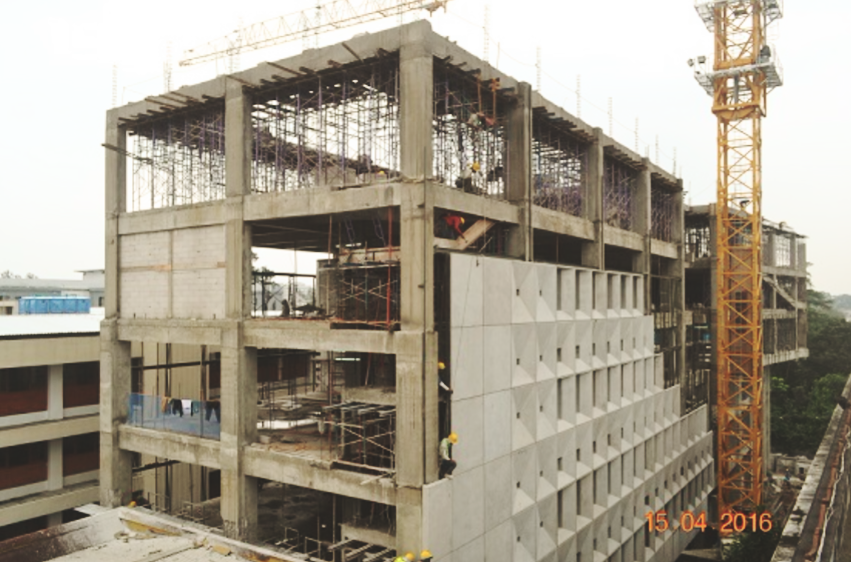
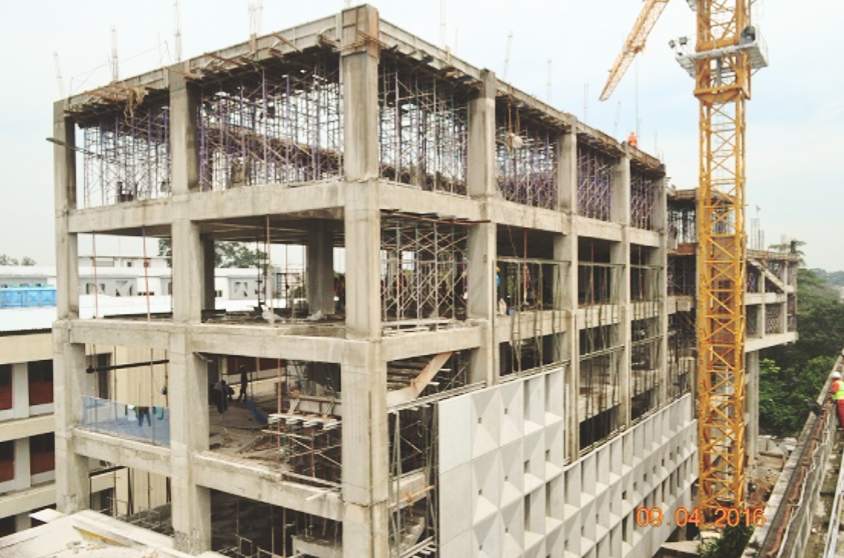
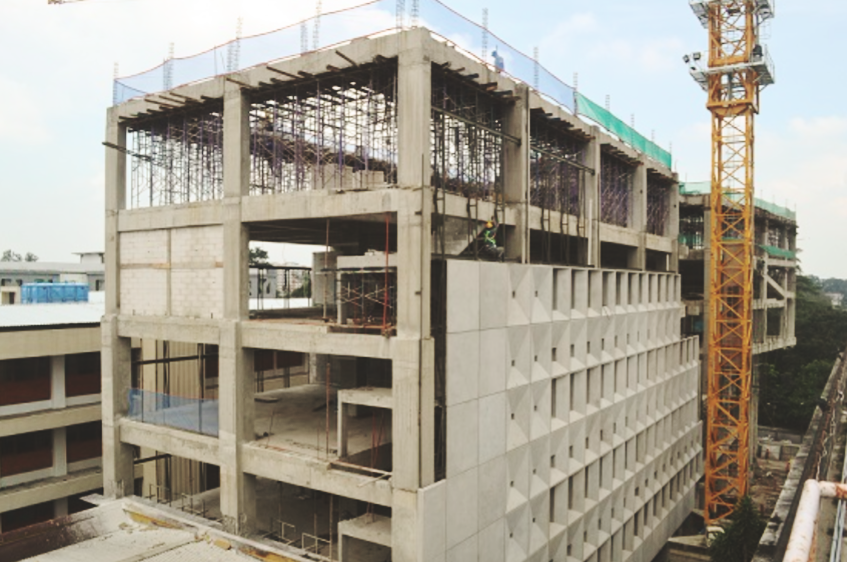
Week 31—35
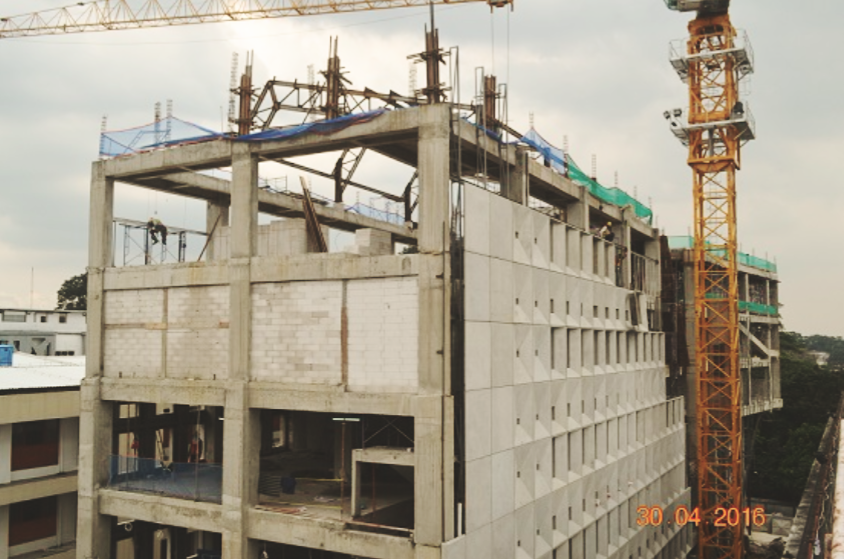
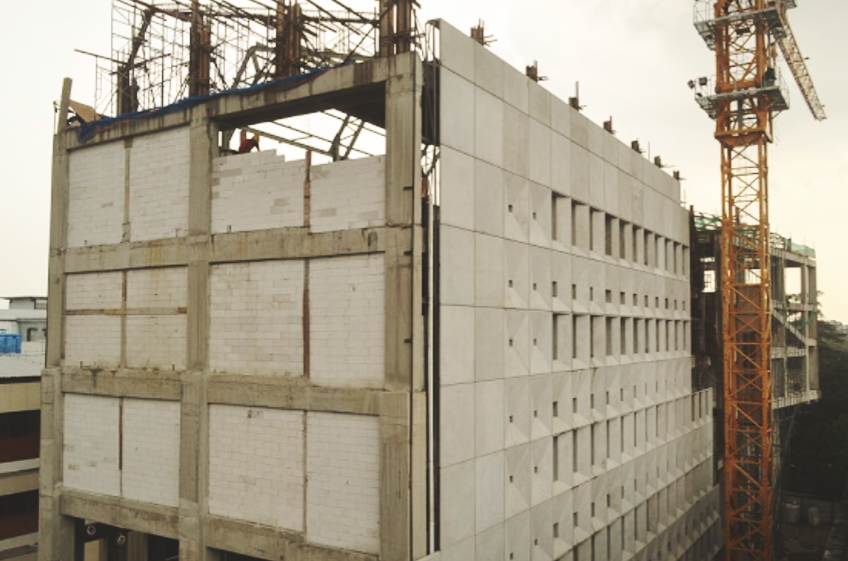
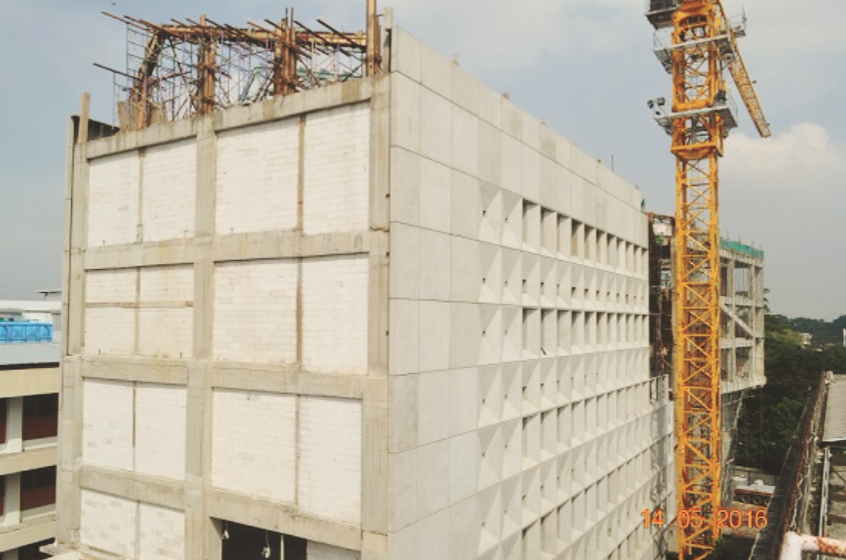
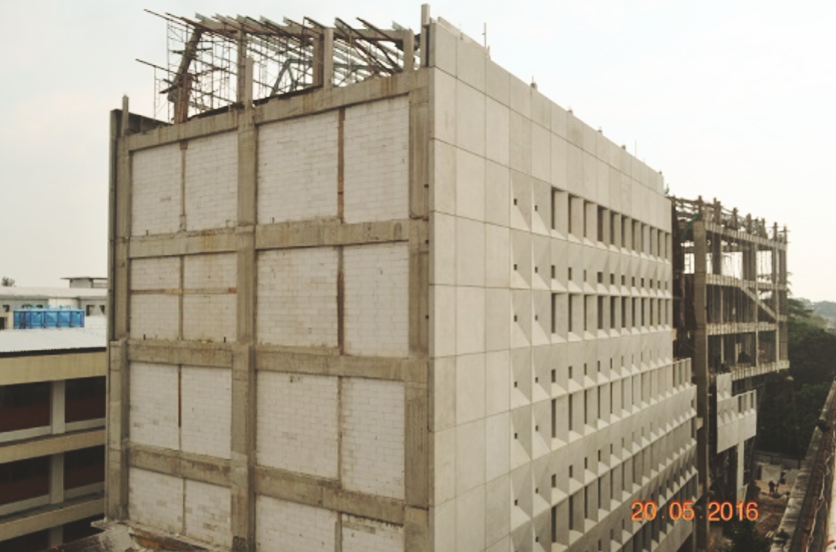
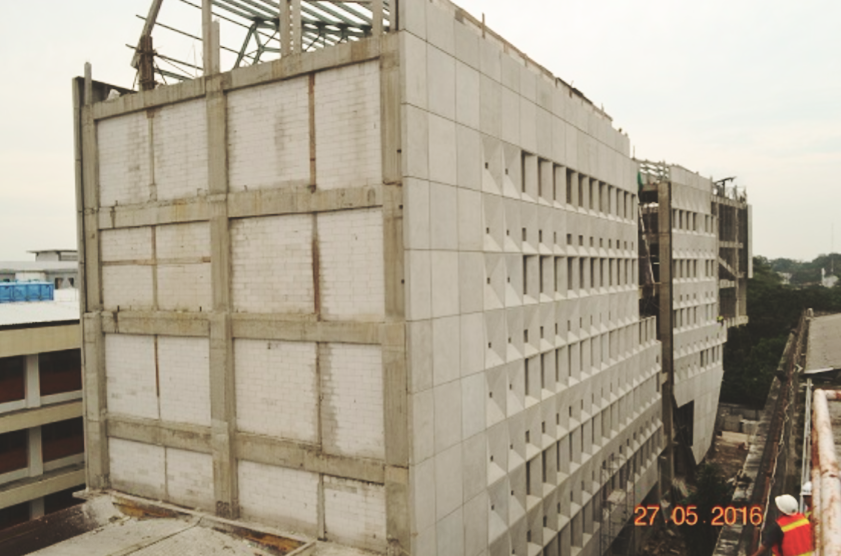
Week 36—39
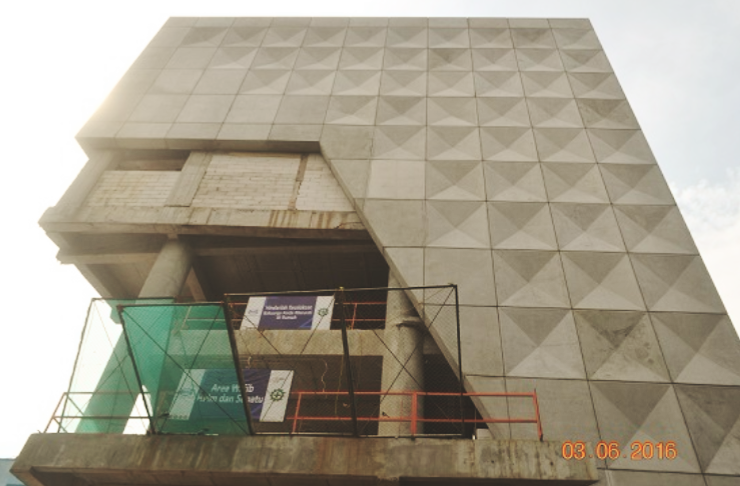
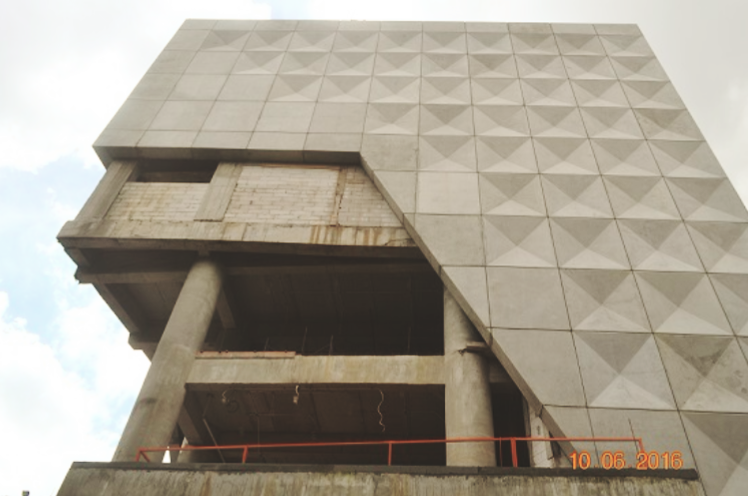
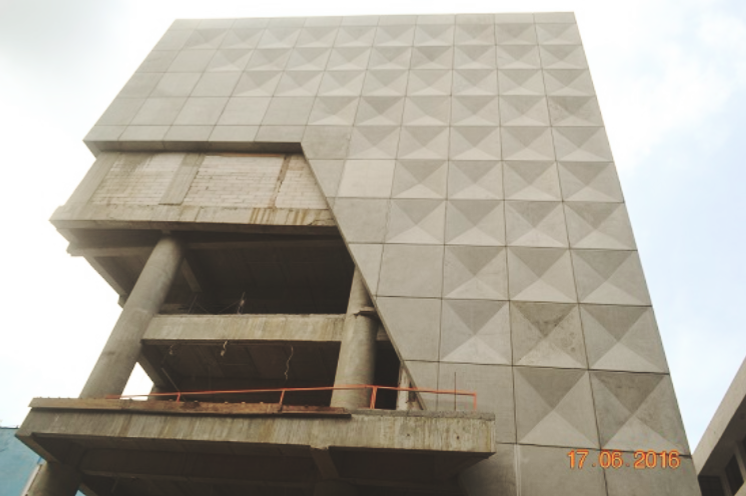
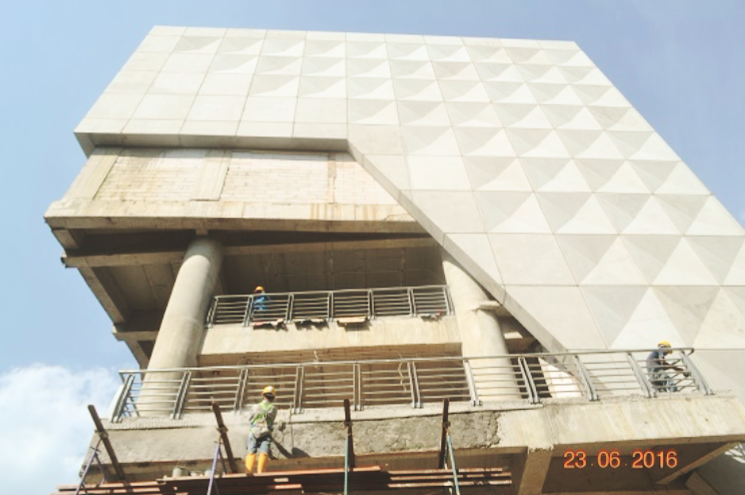
Week 40—44
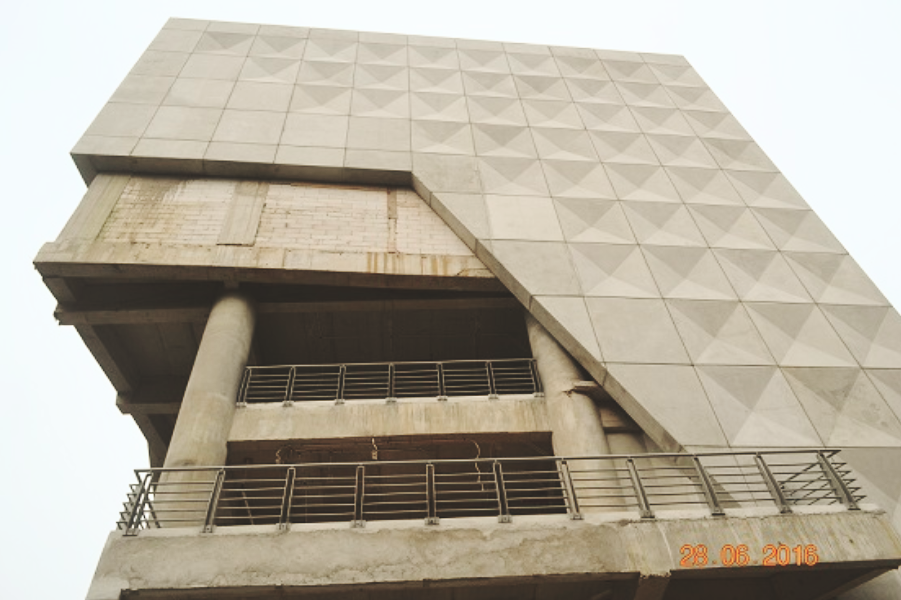
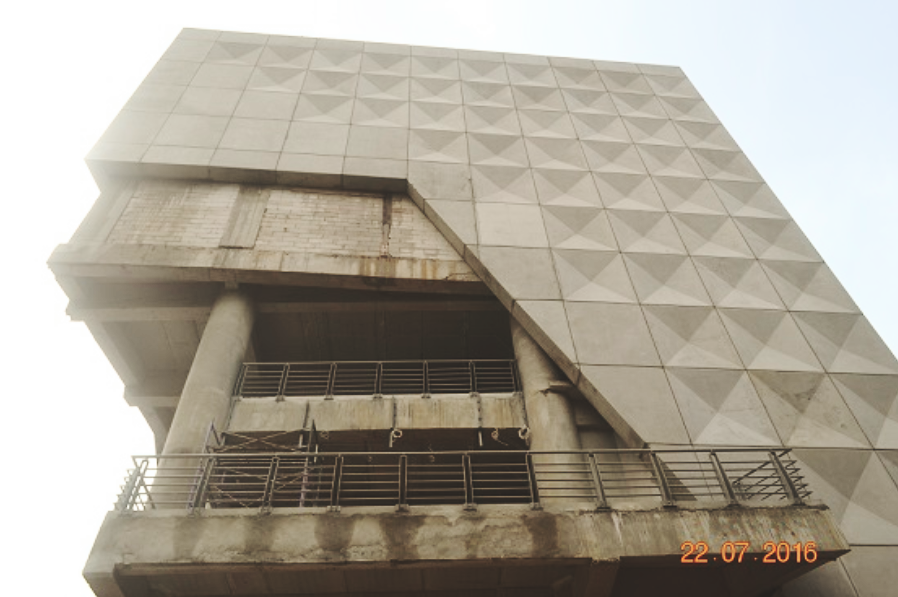
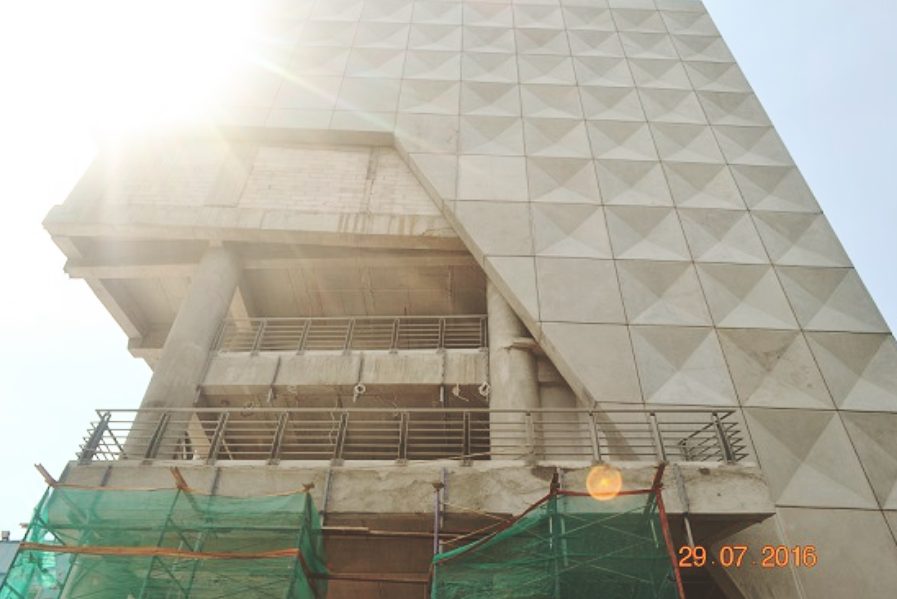
Week 45—48
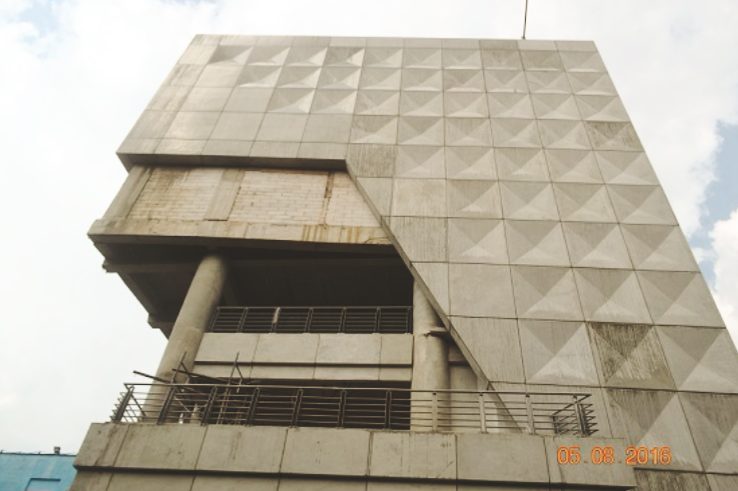
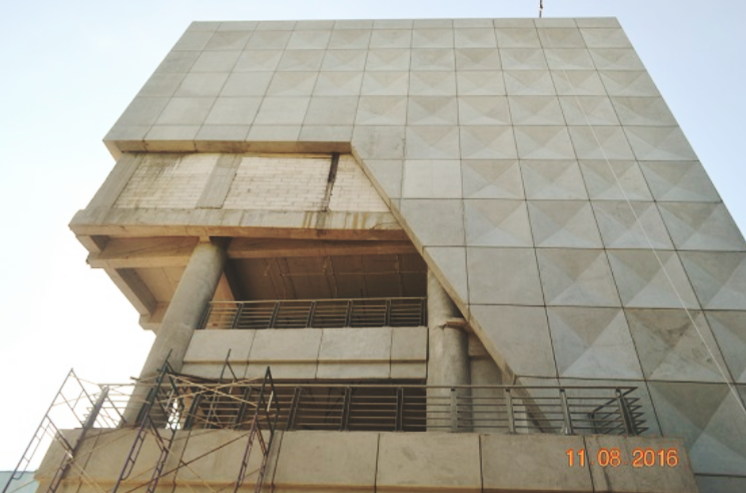
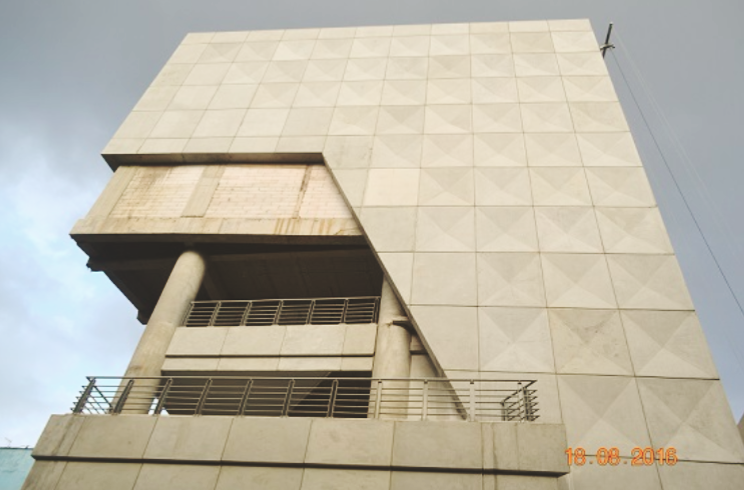
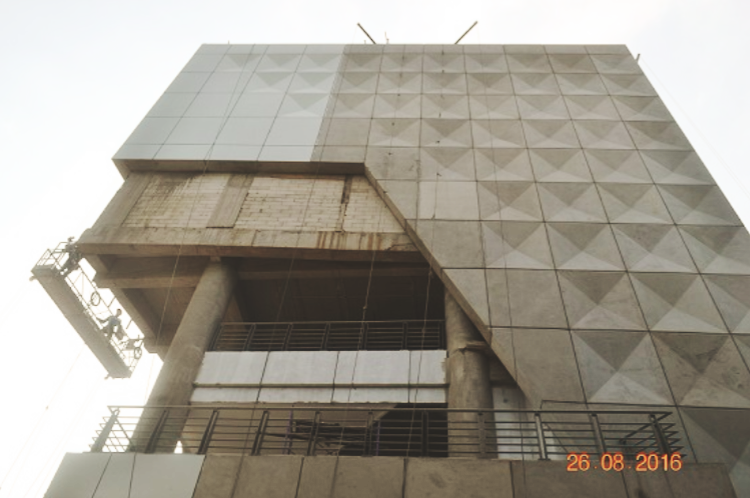
Week 49—52
